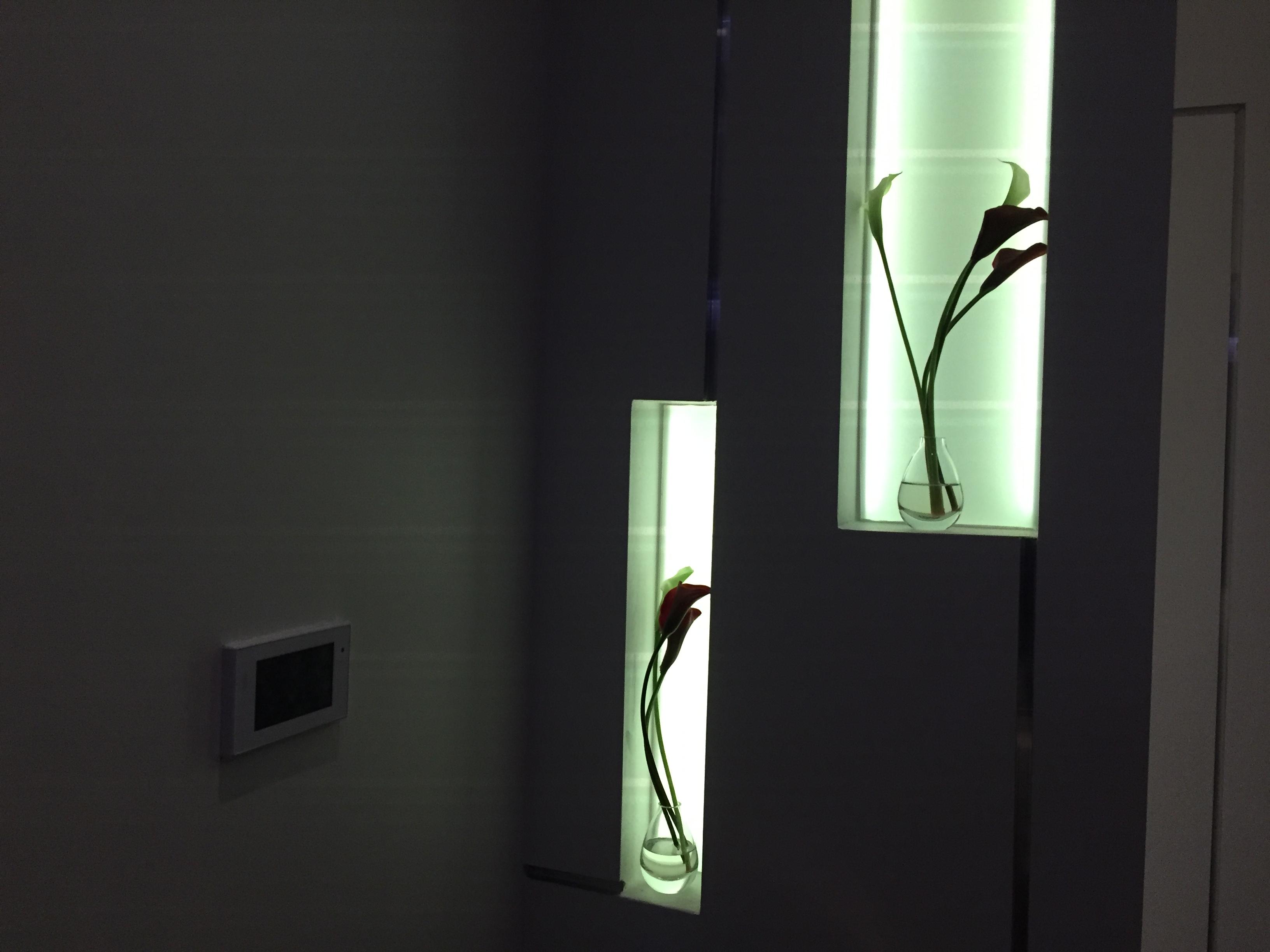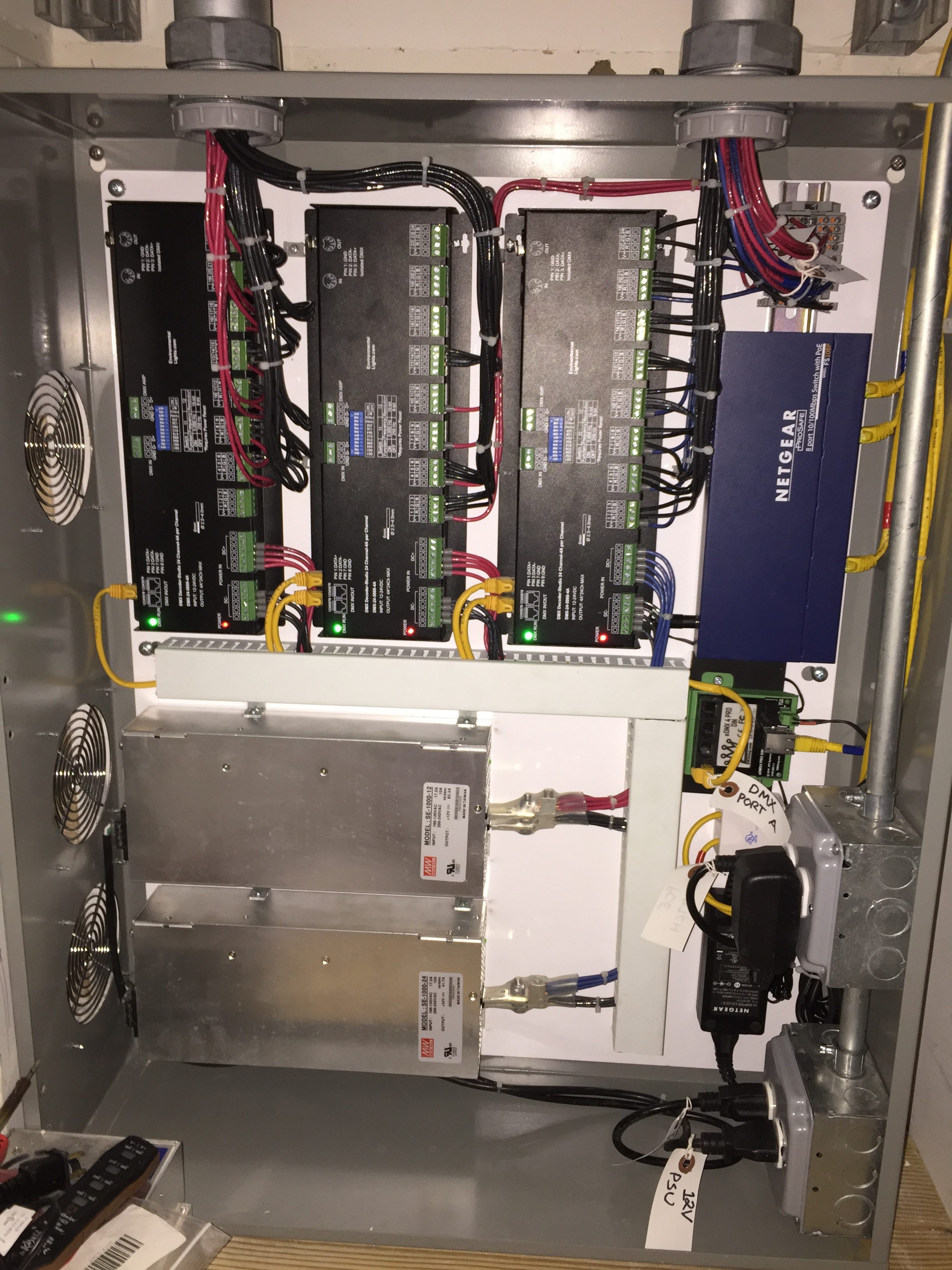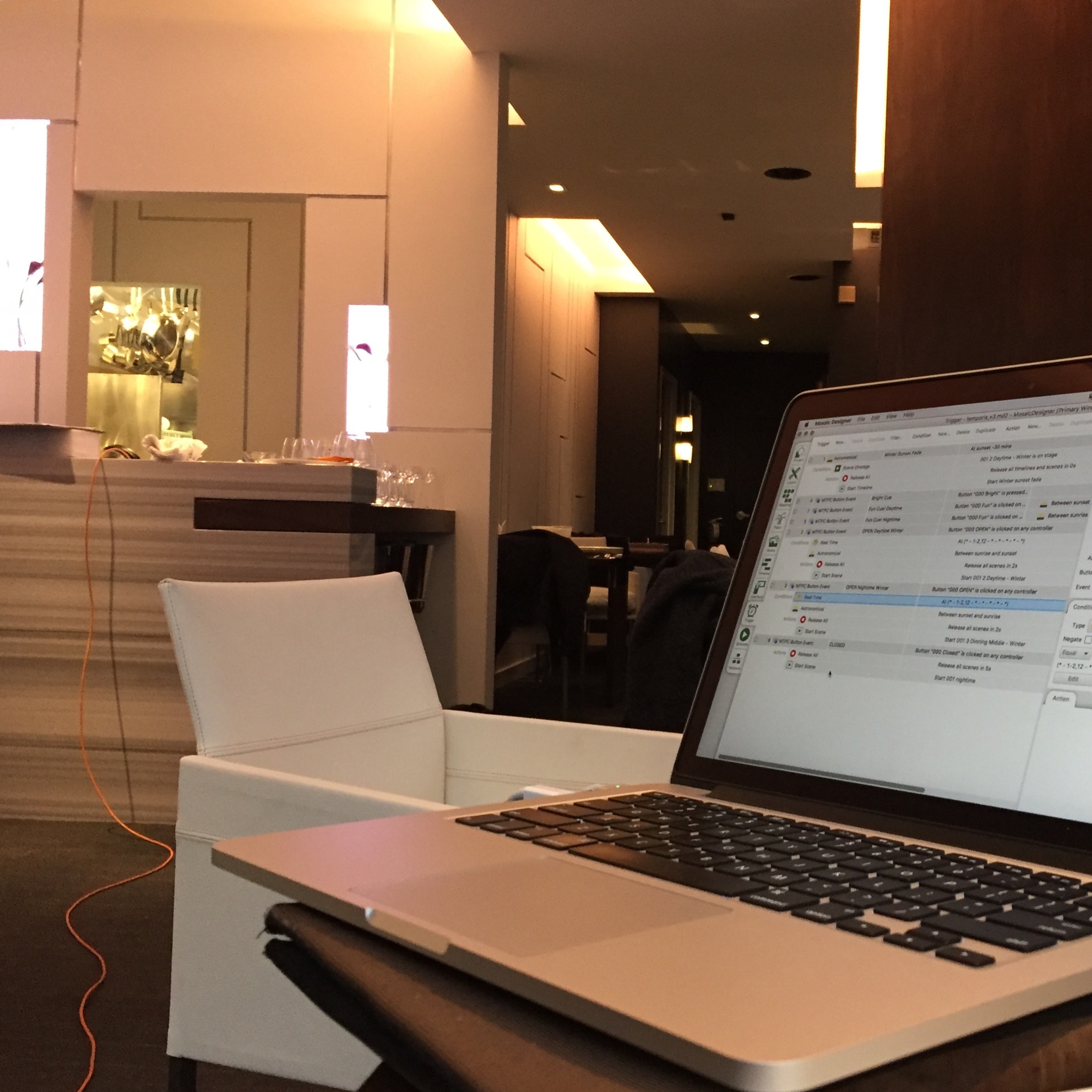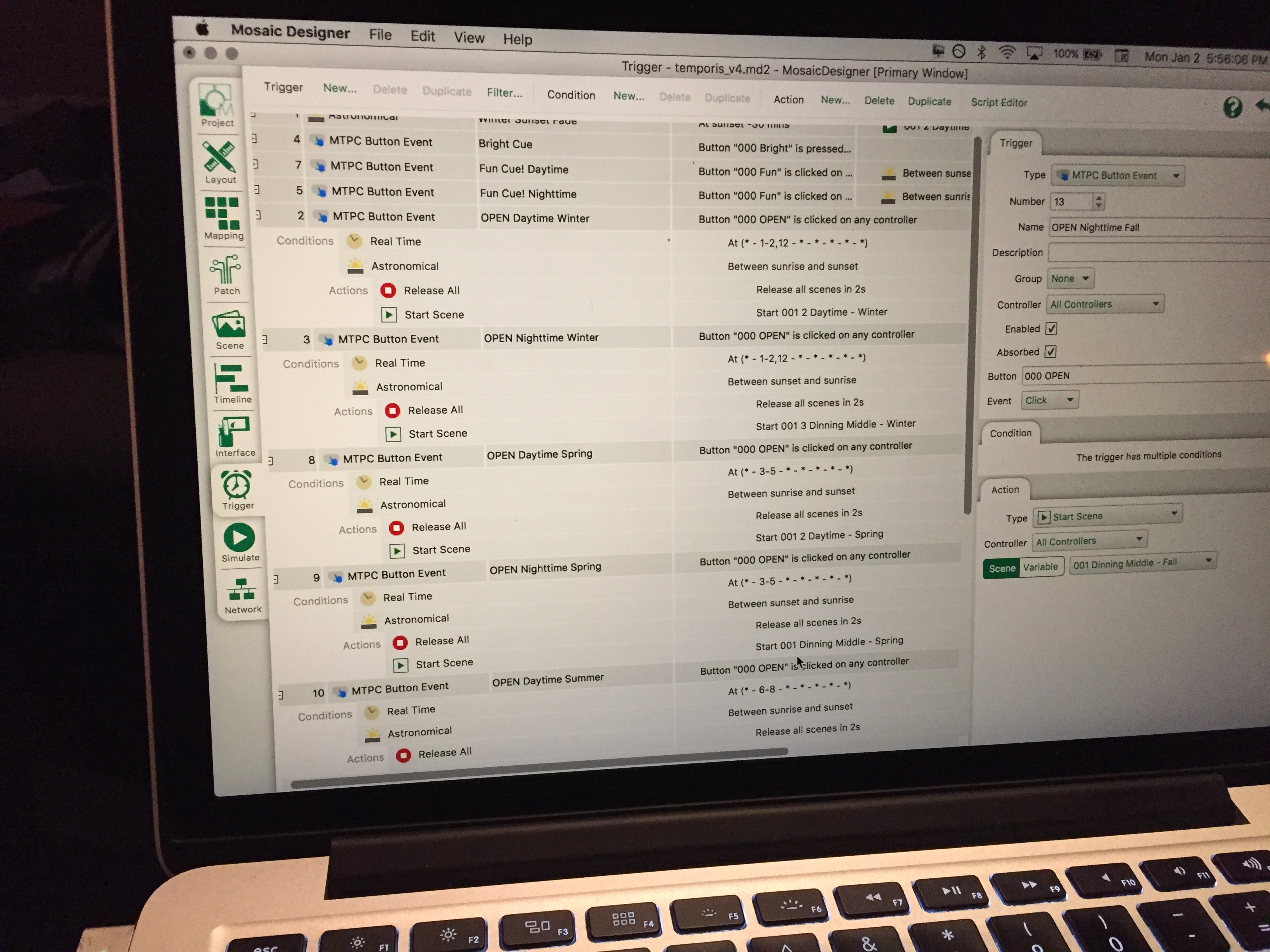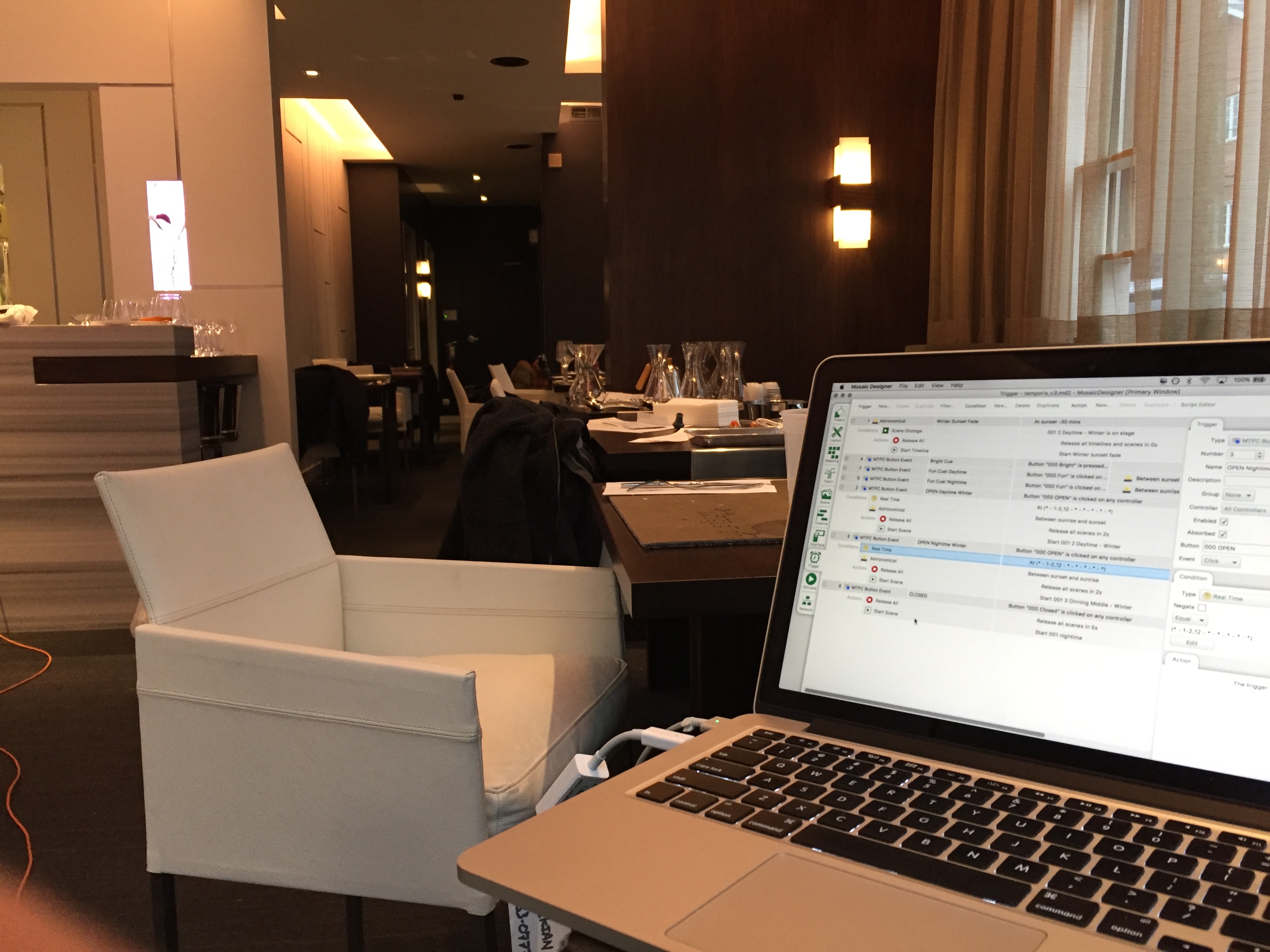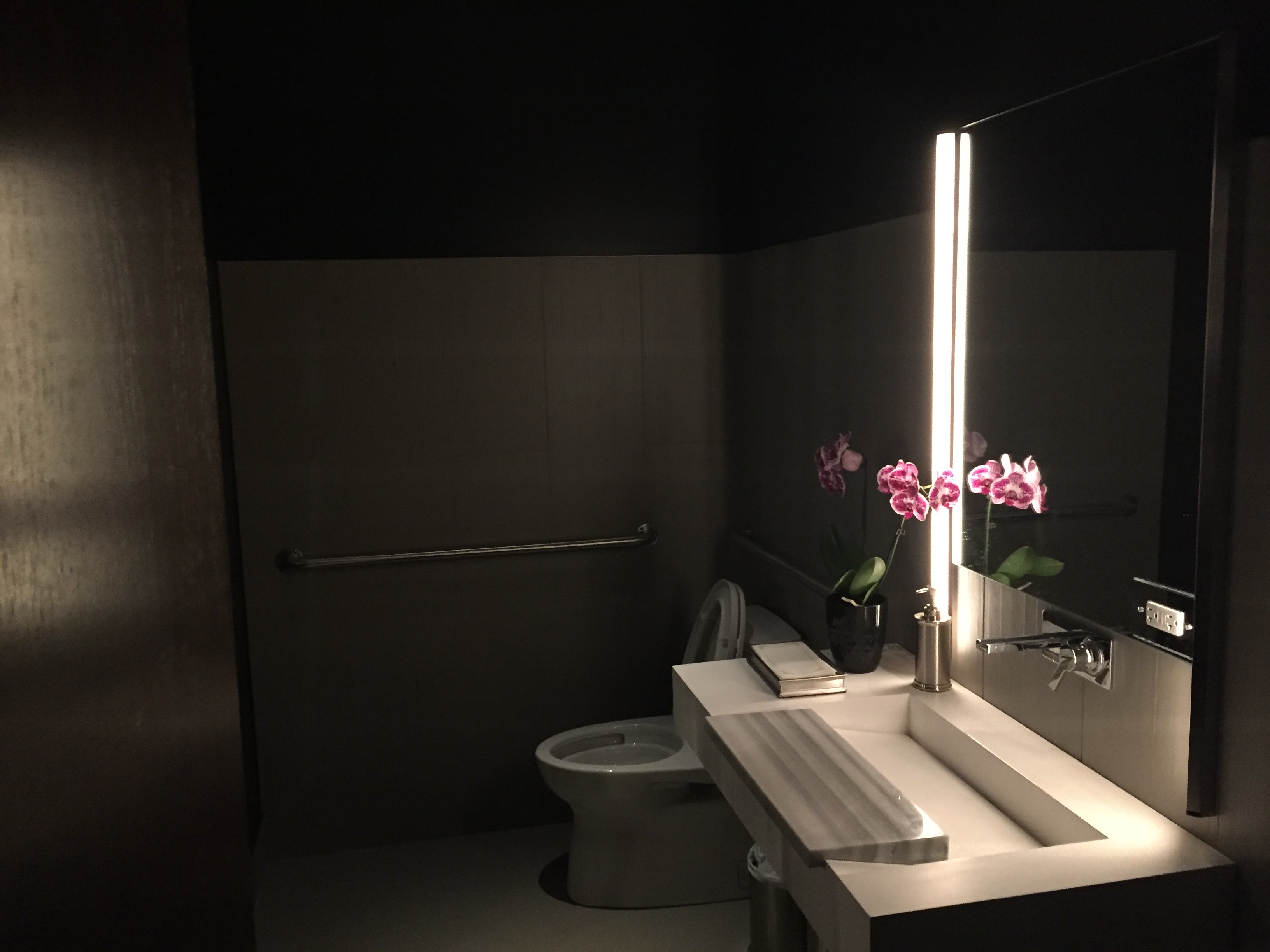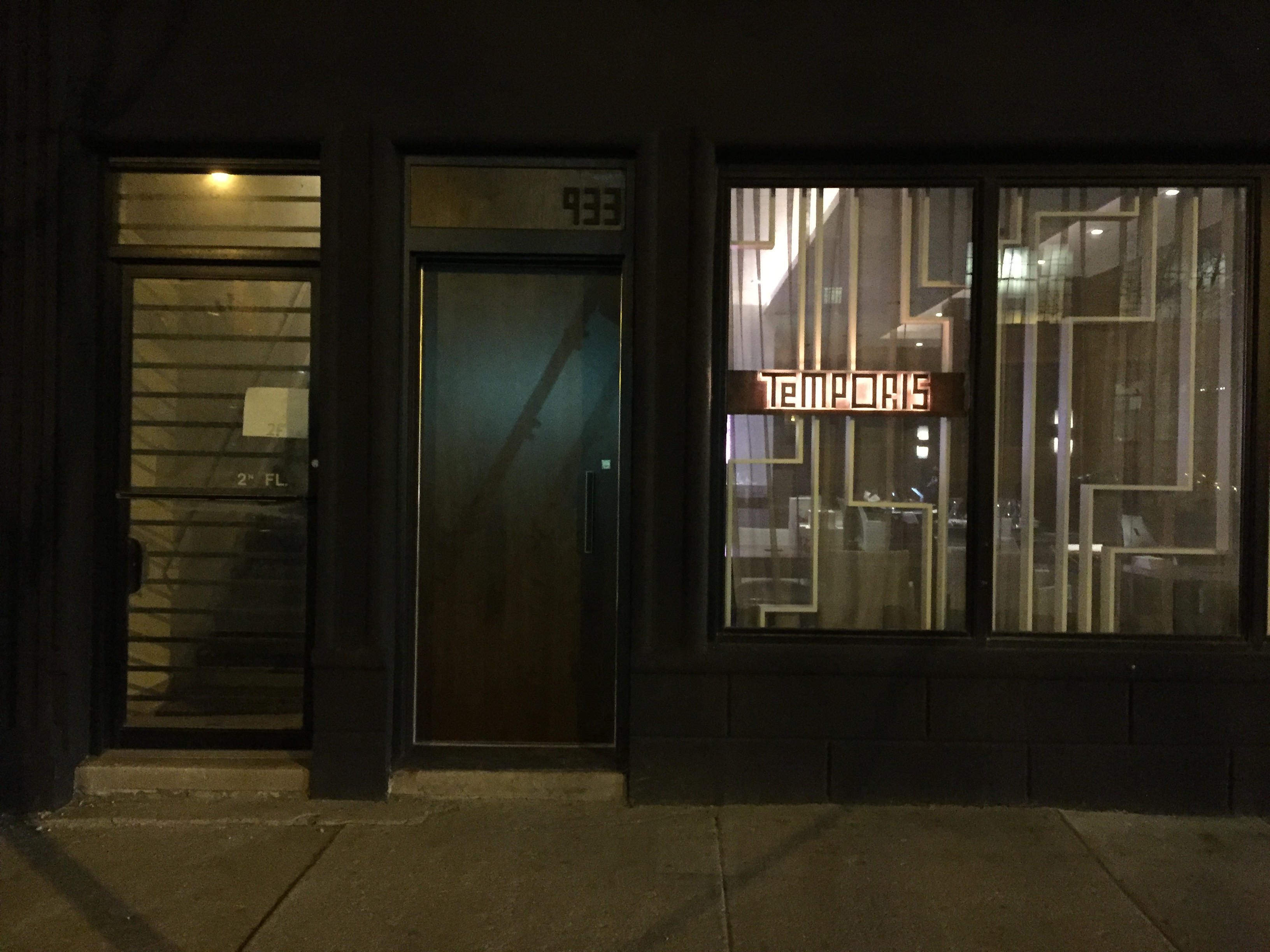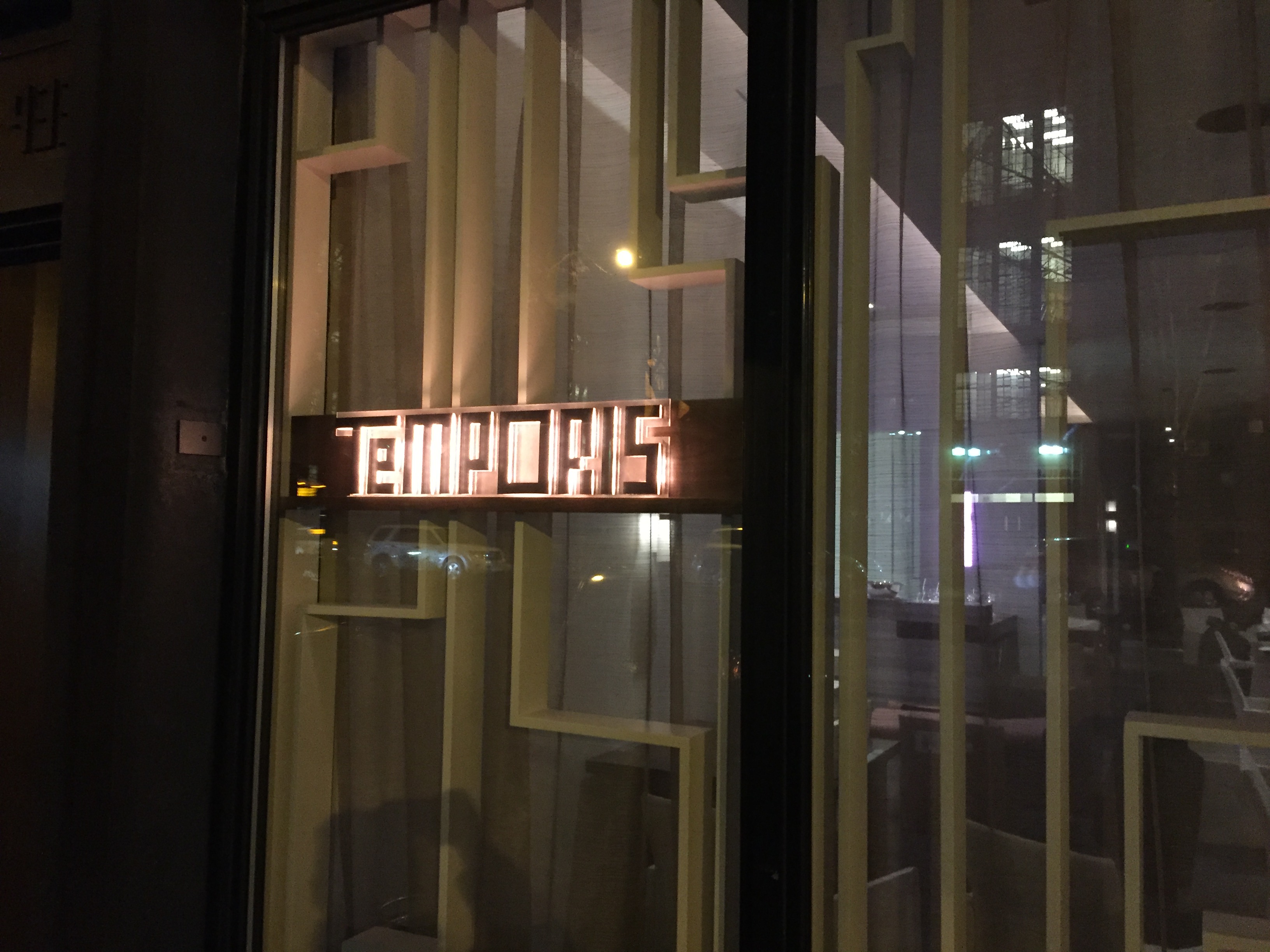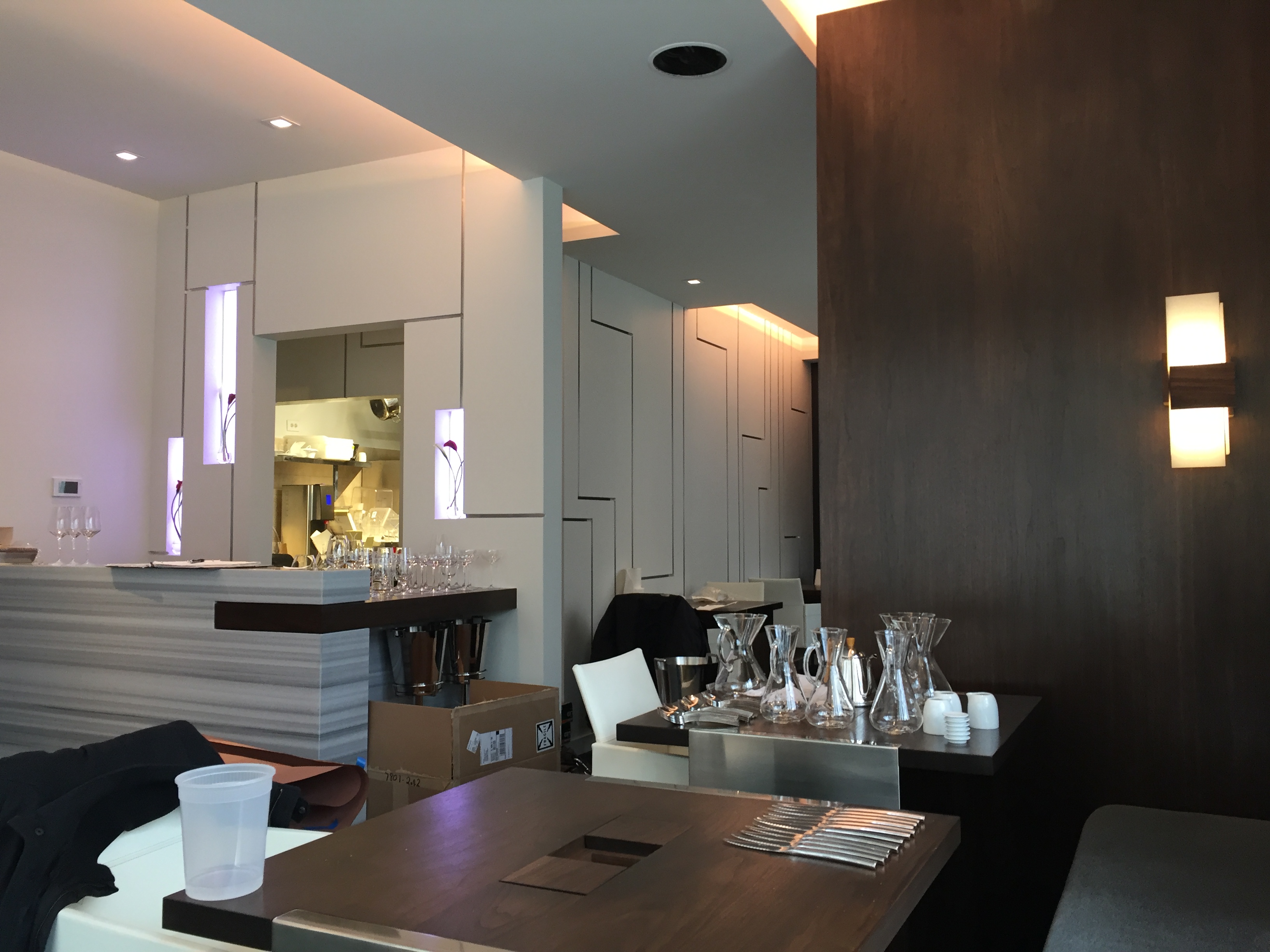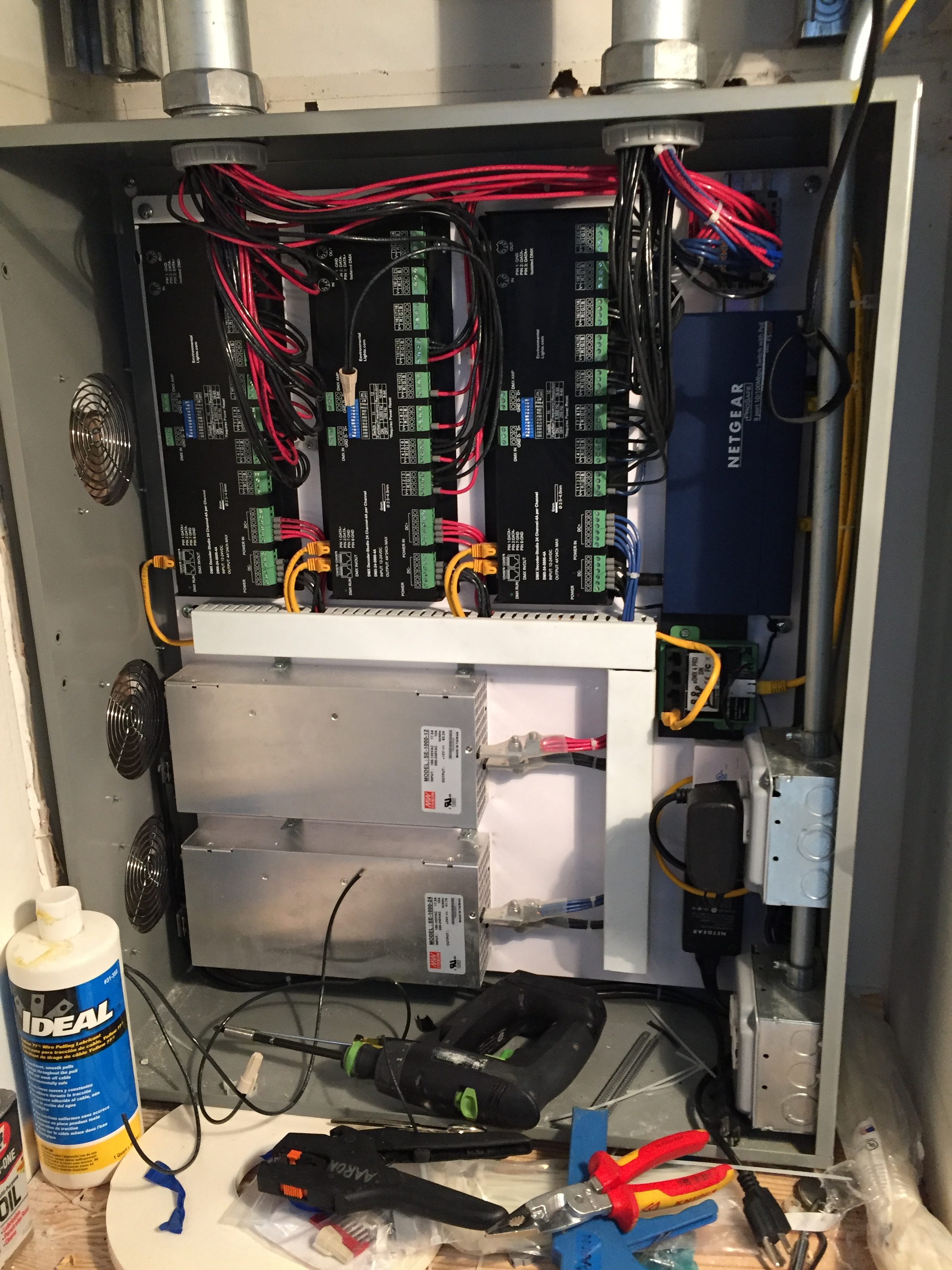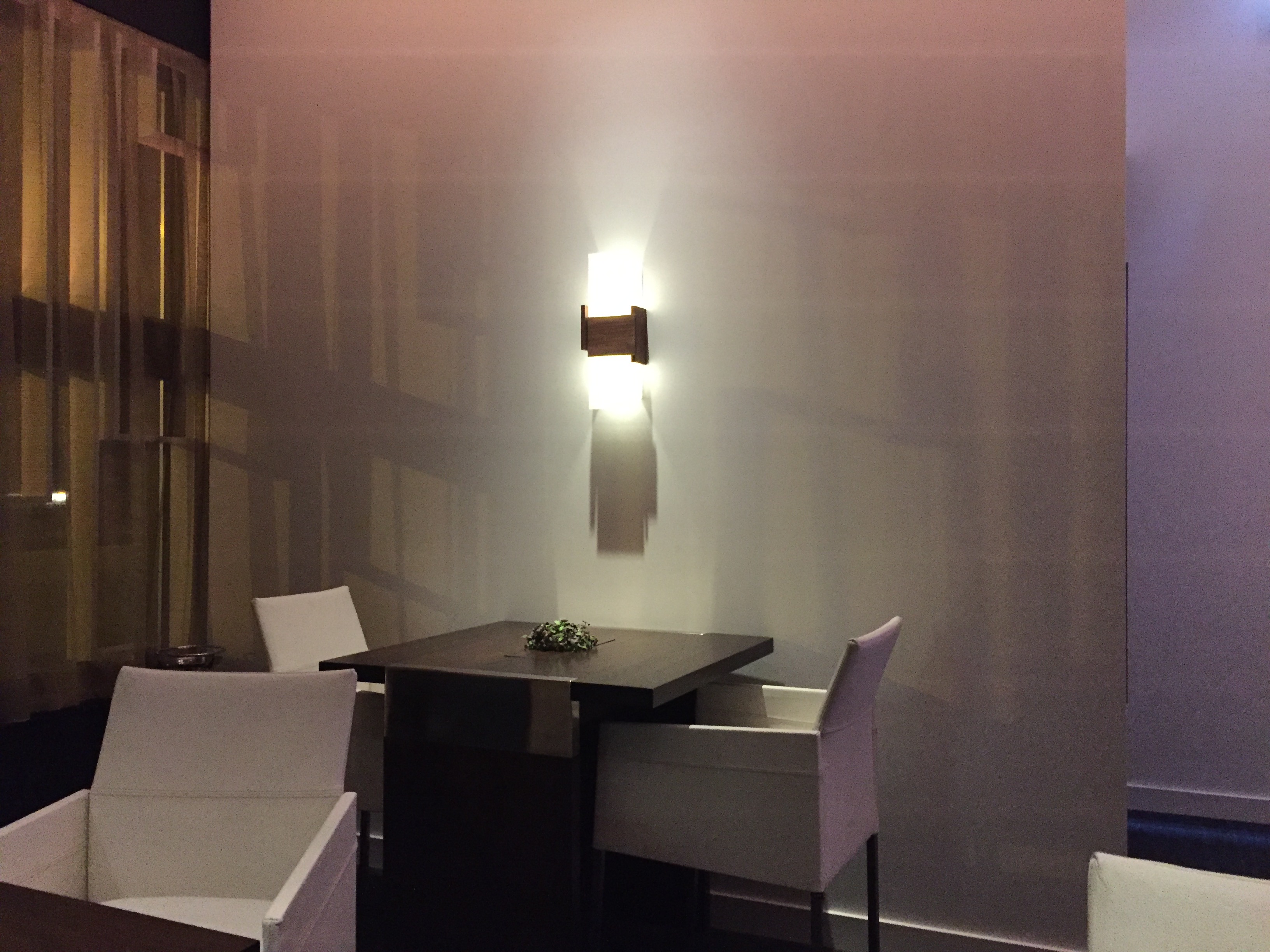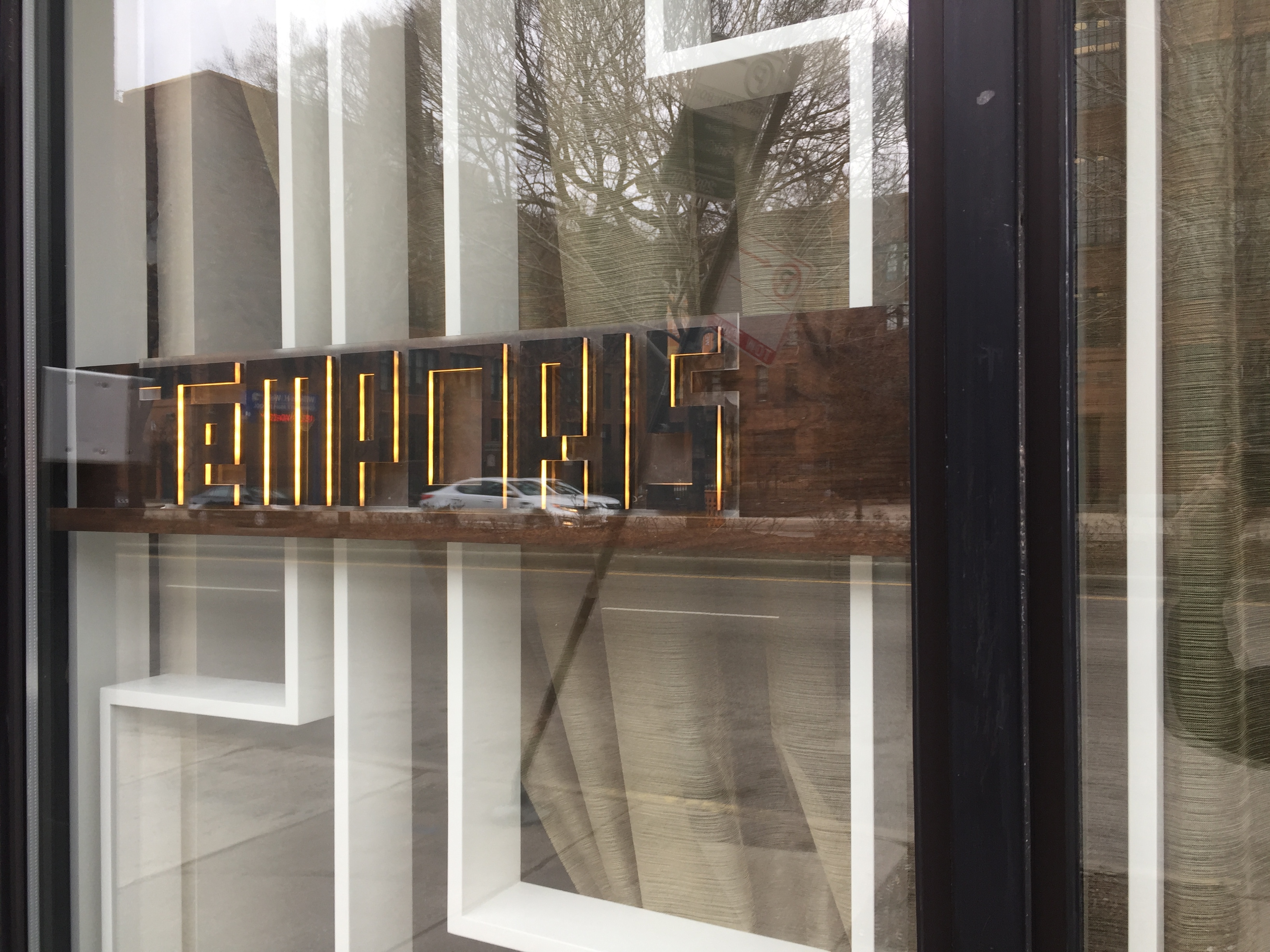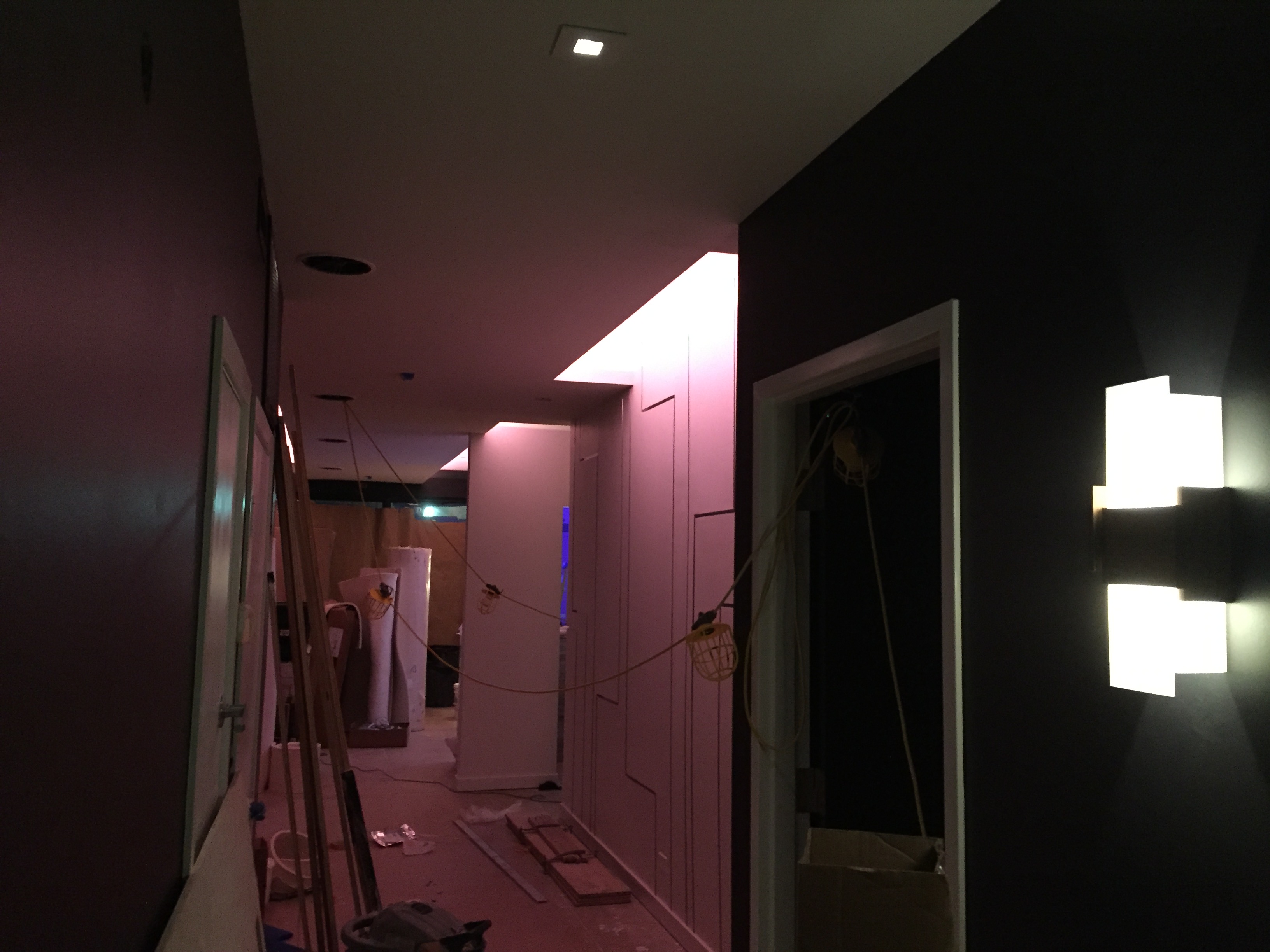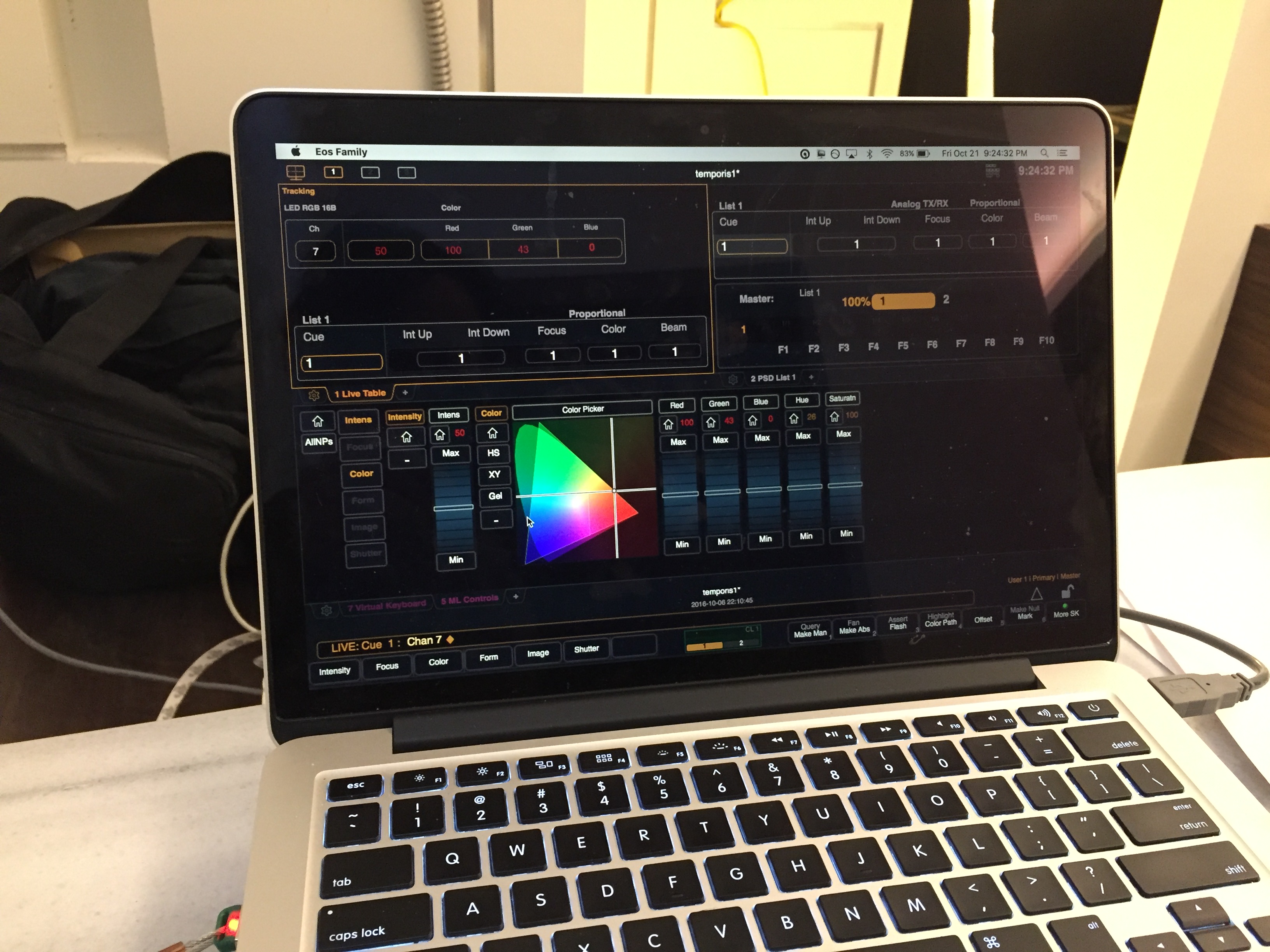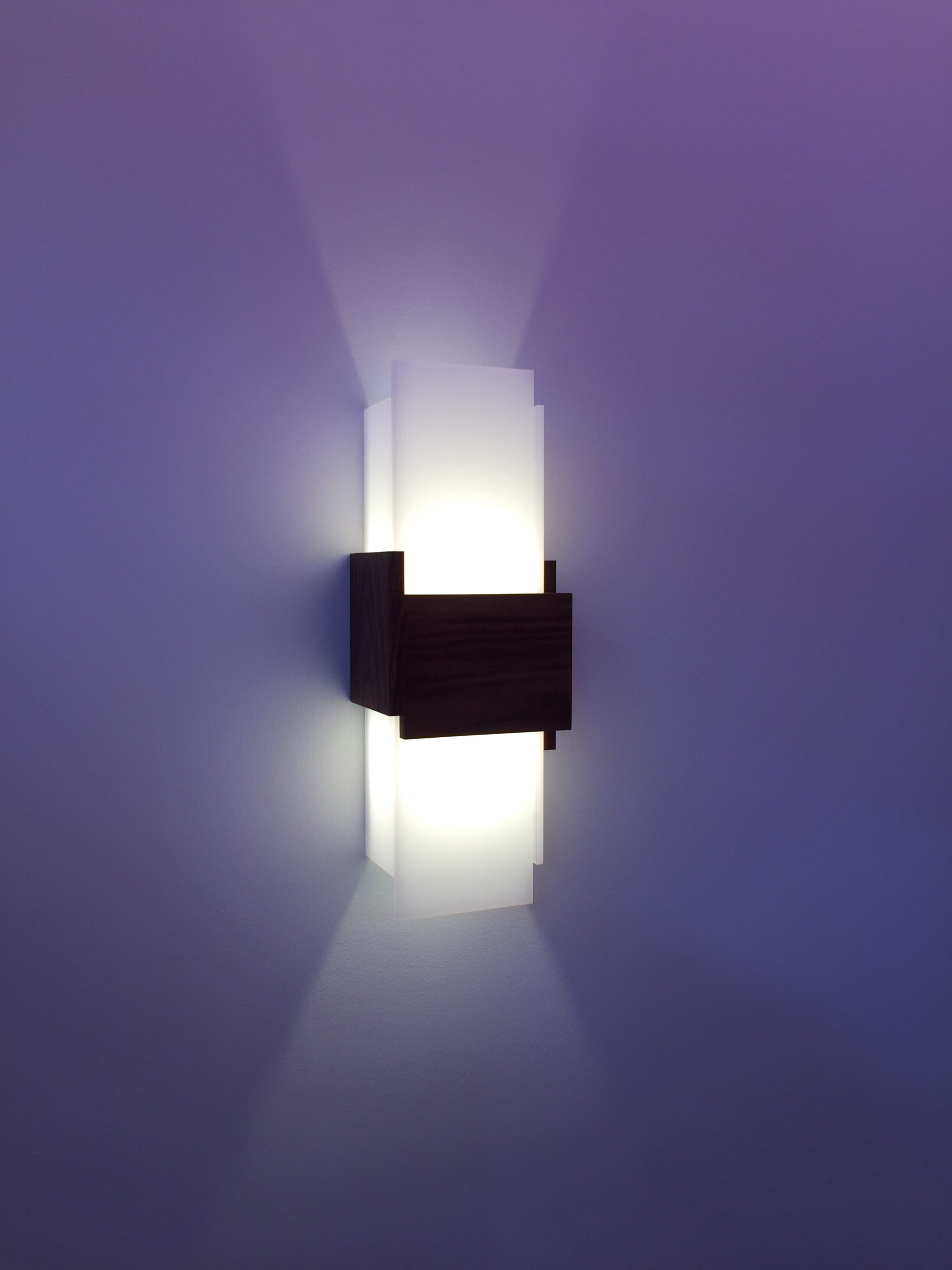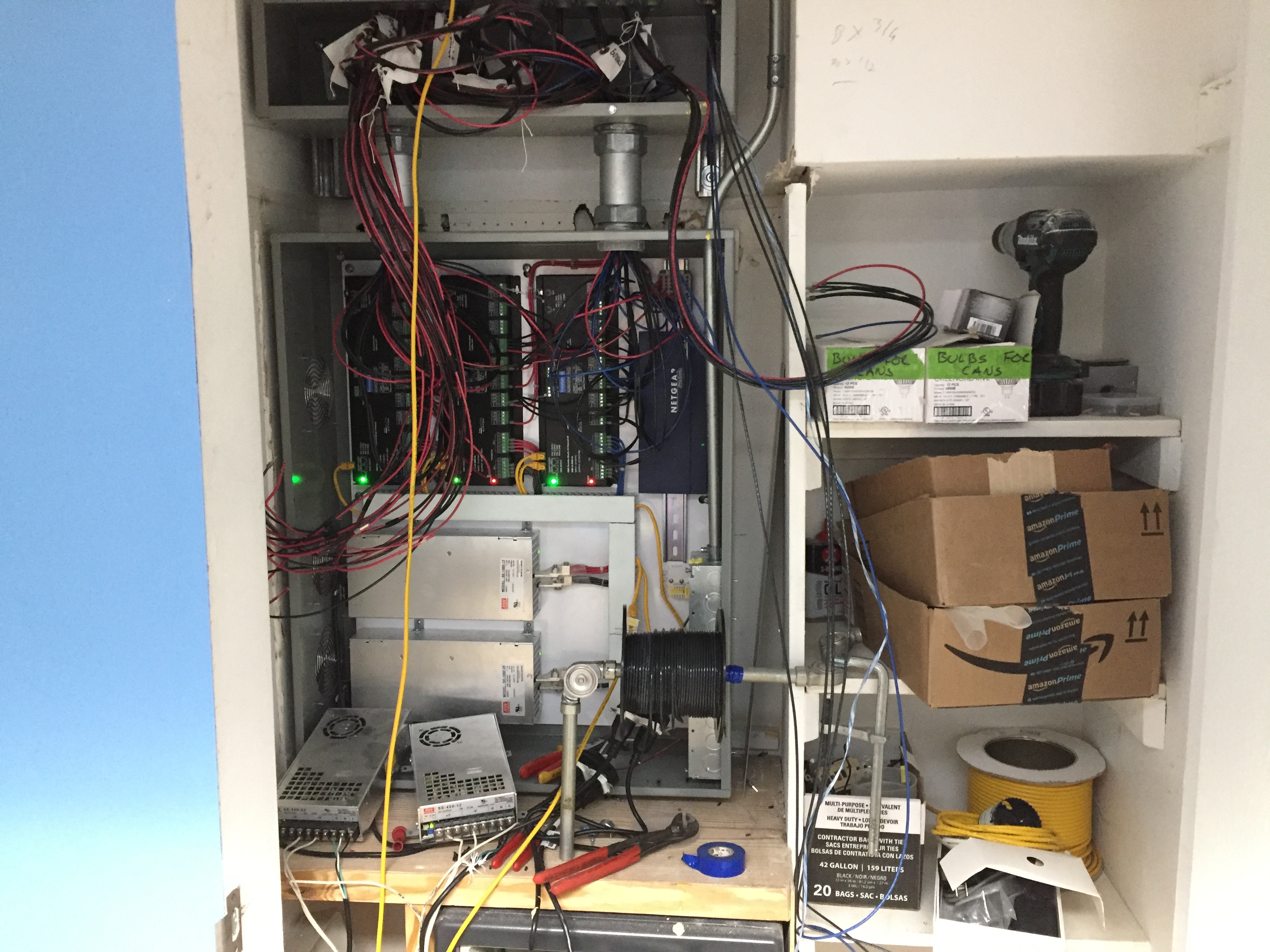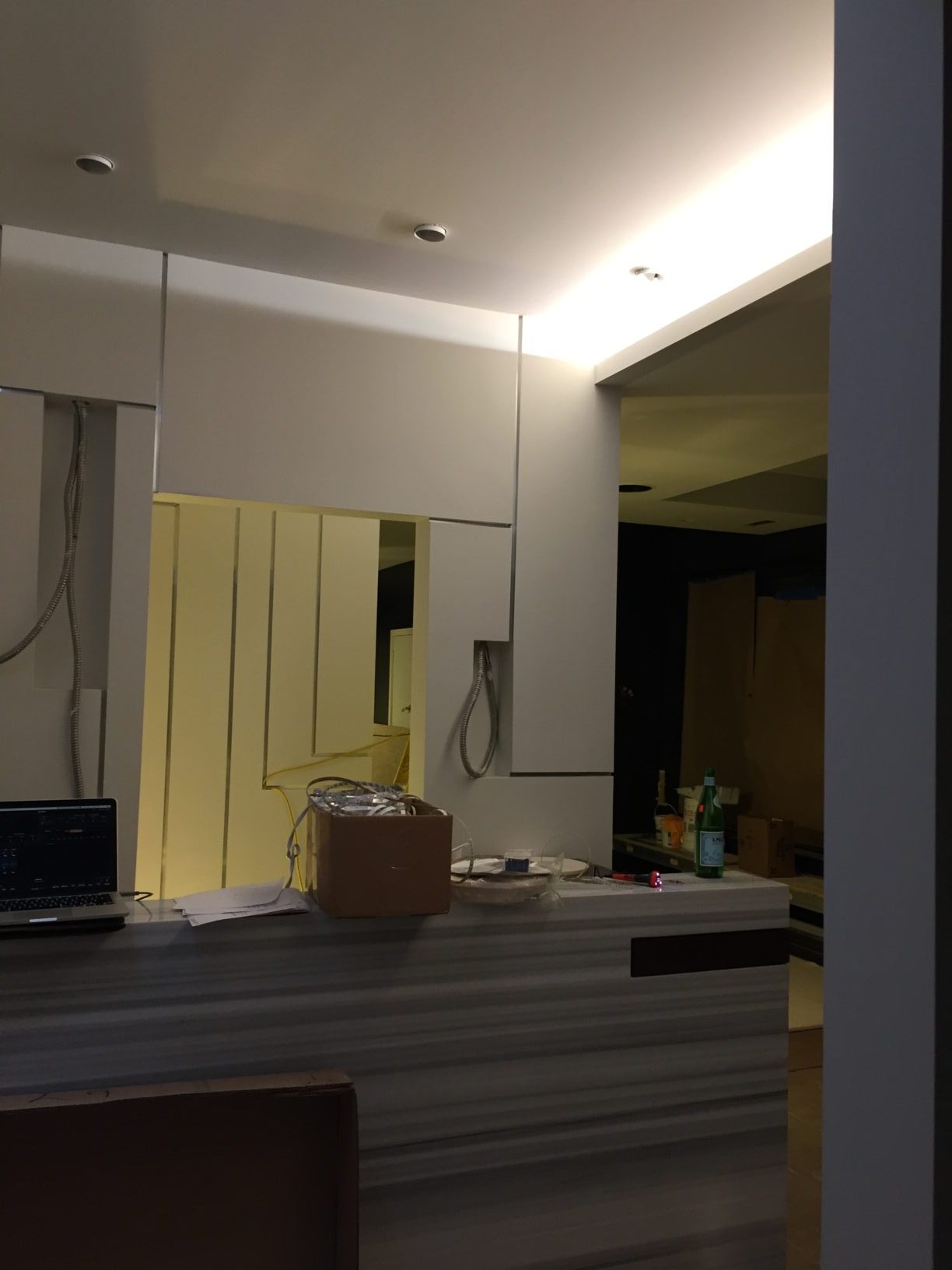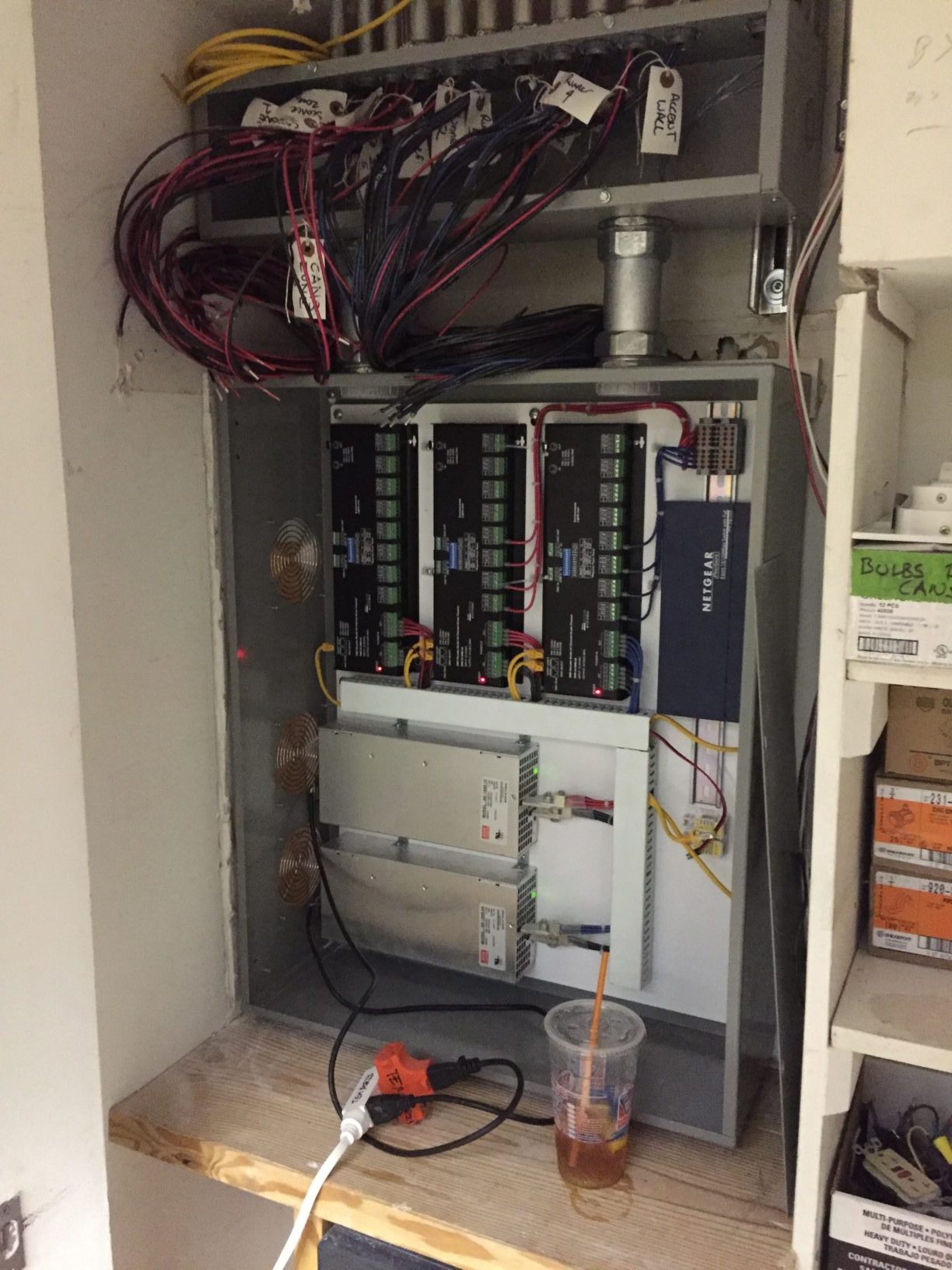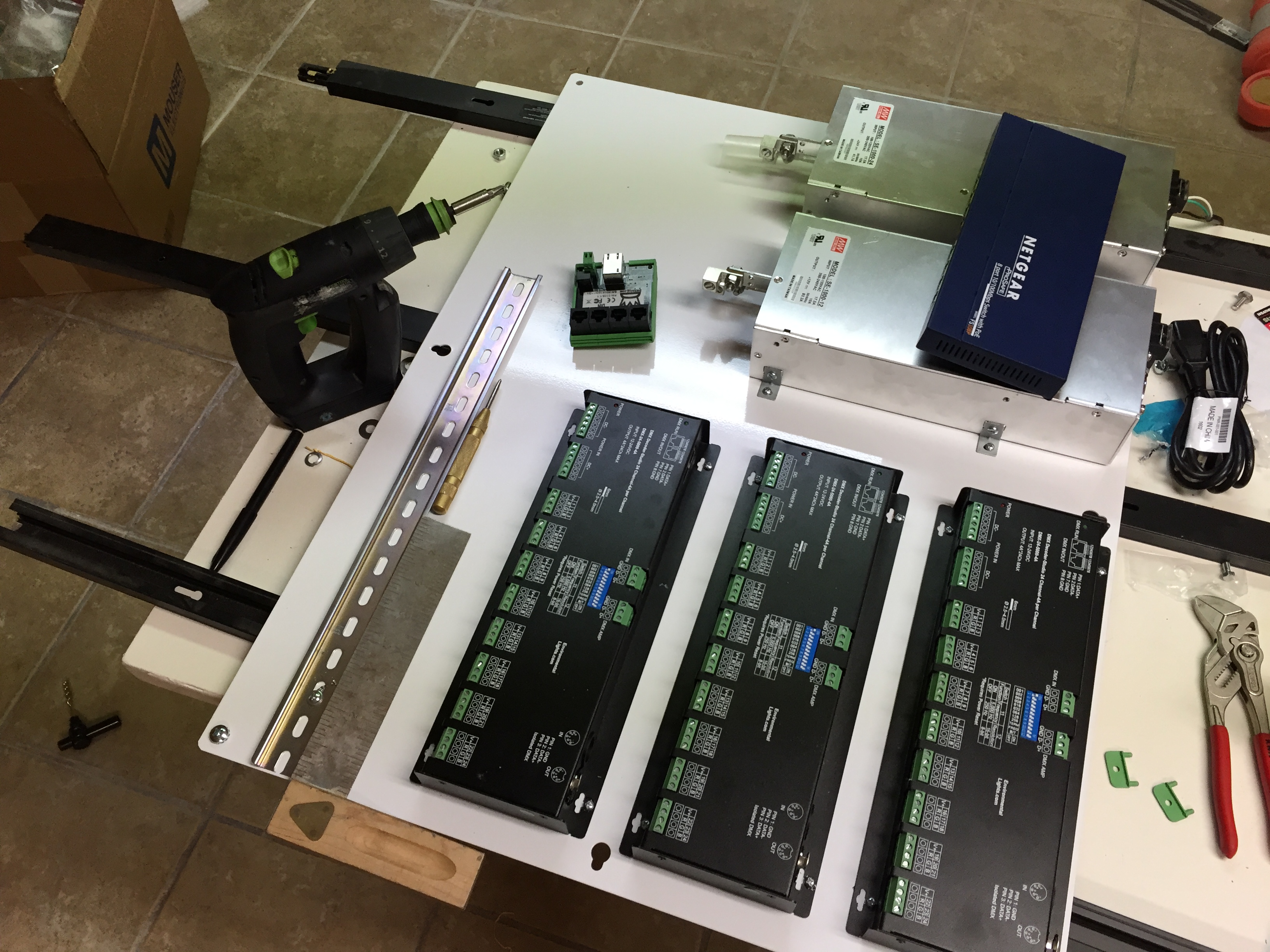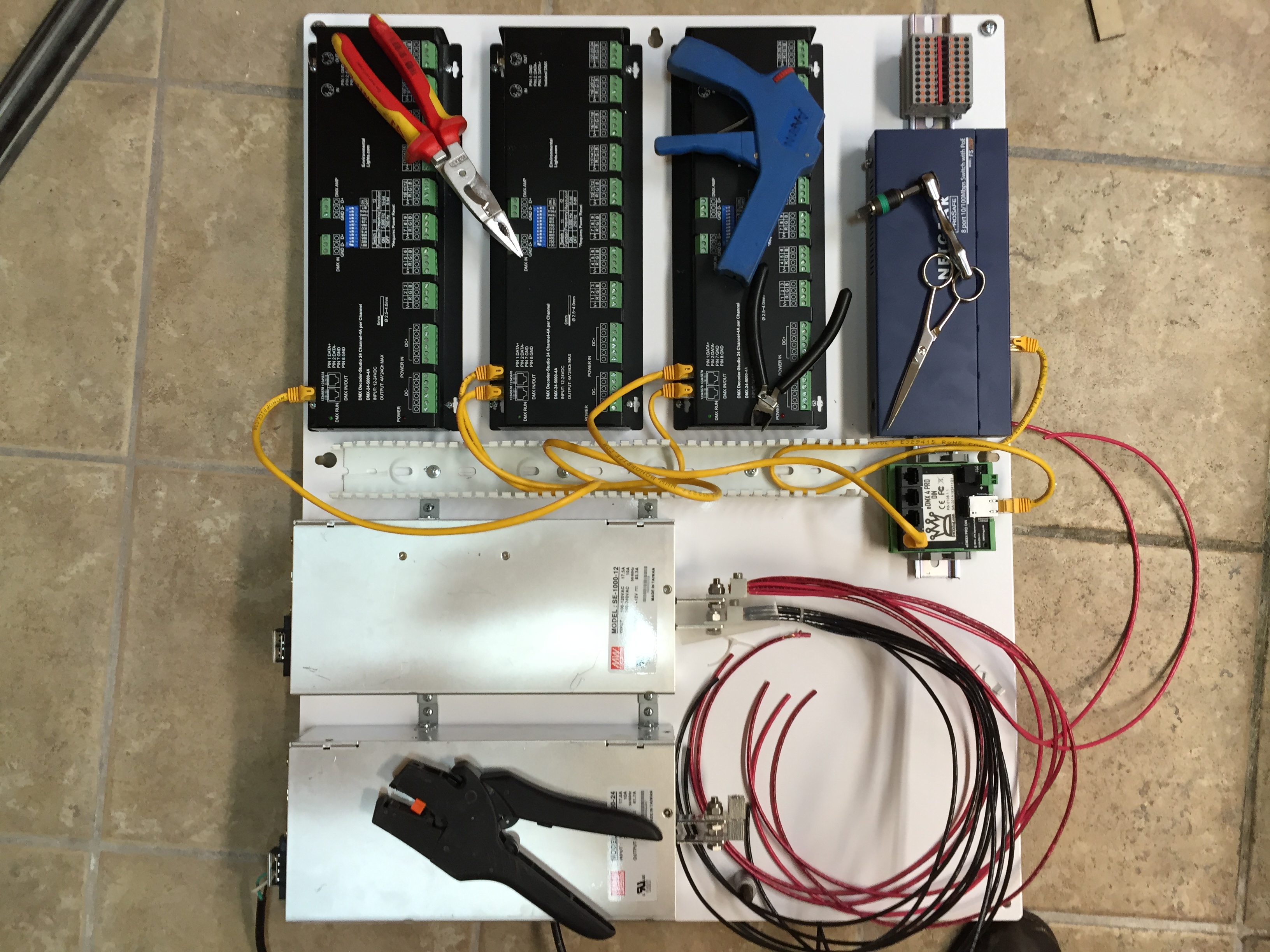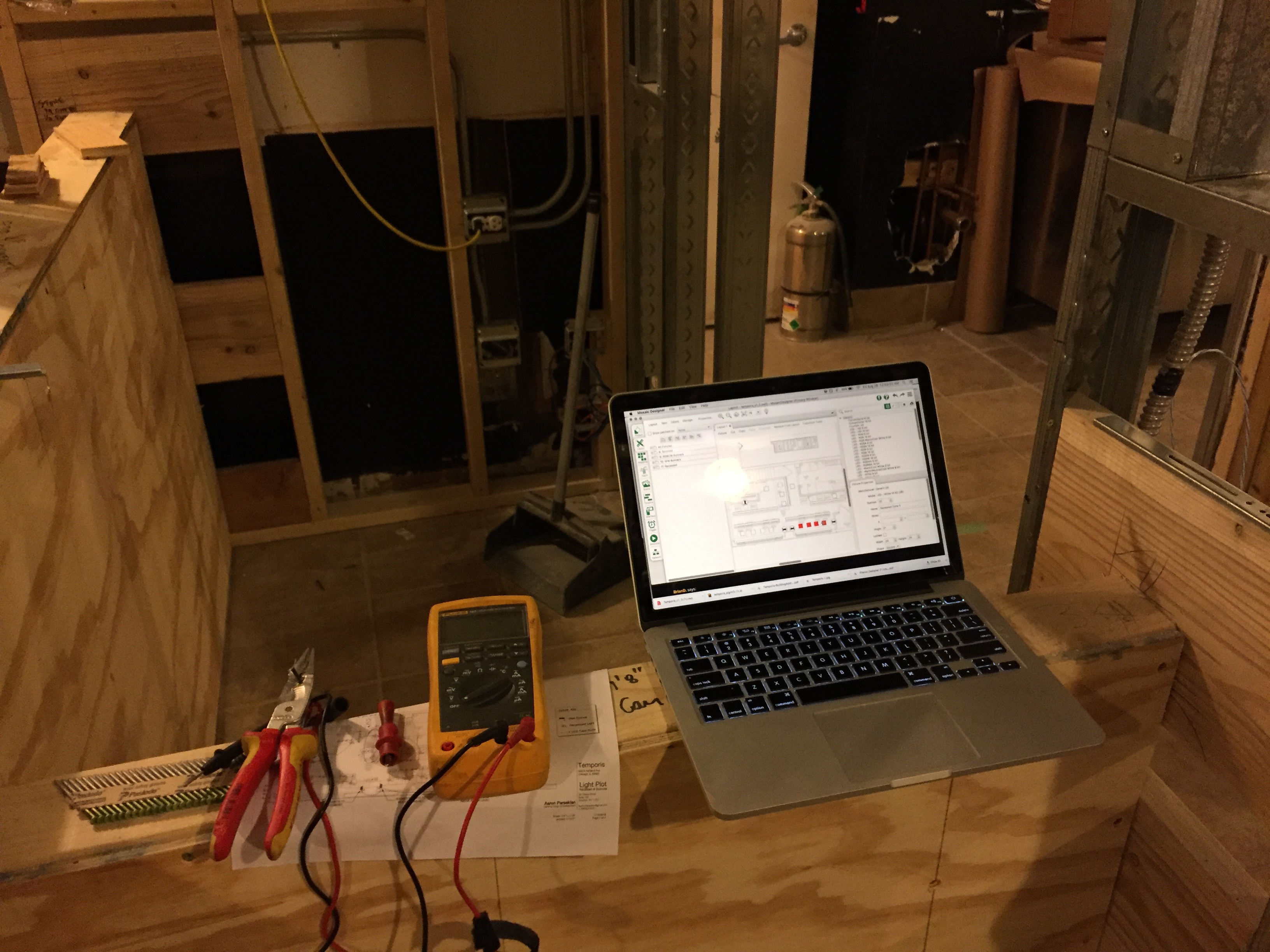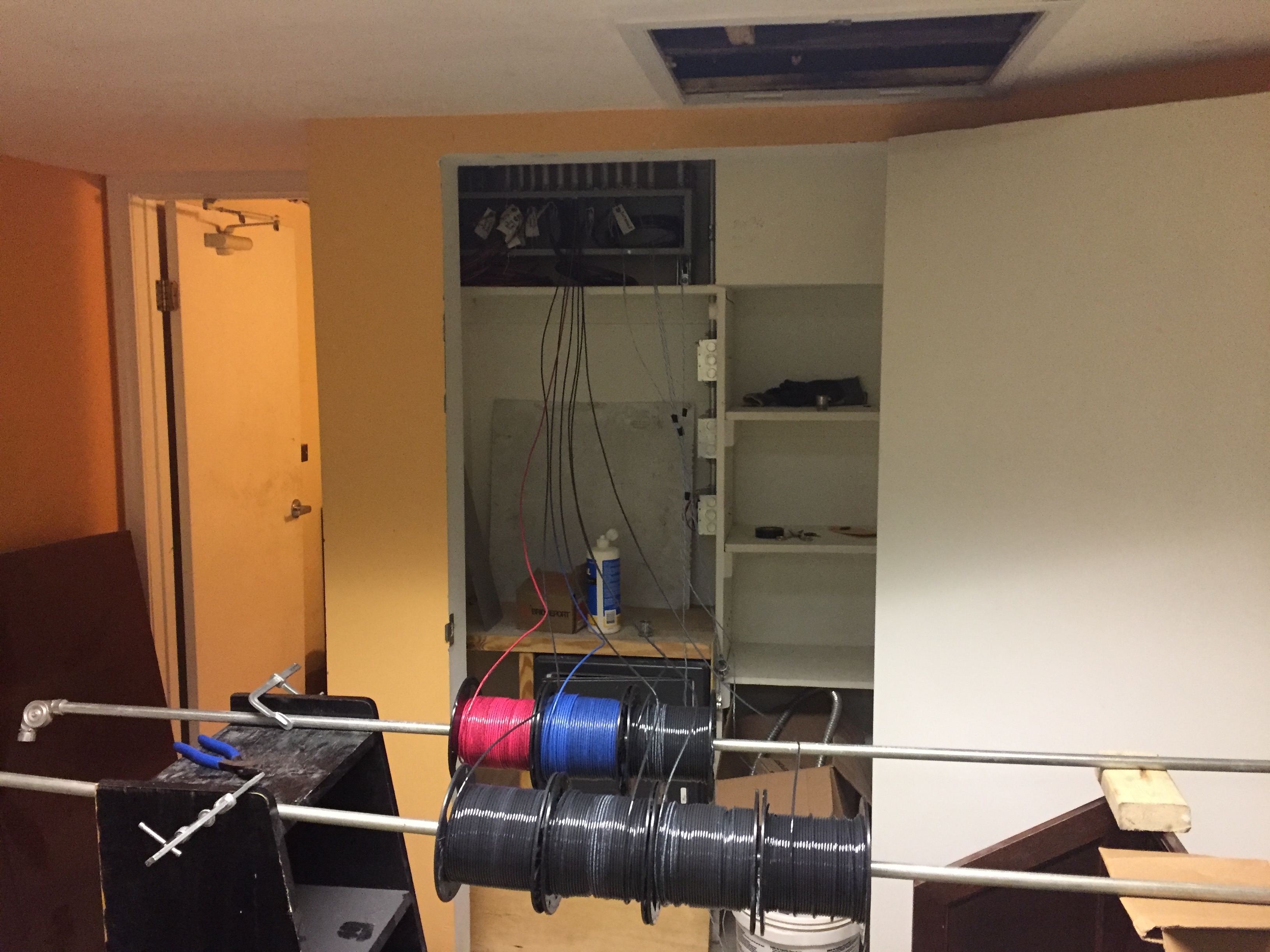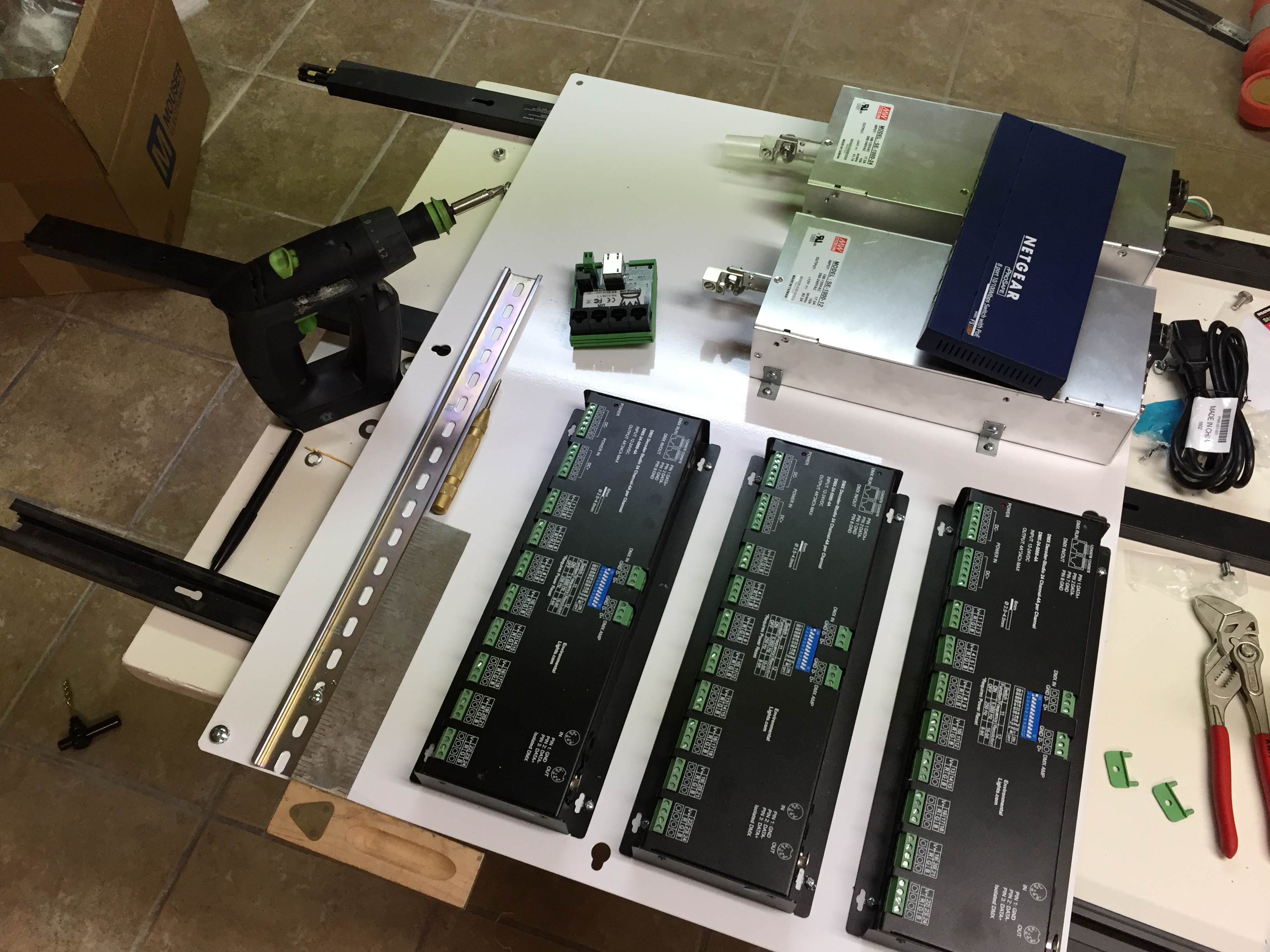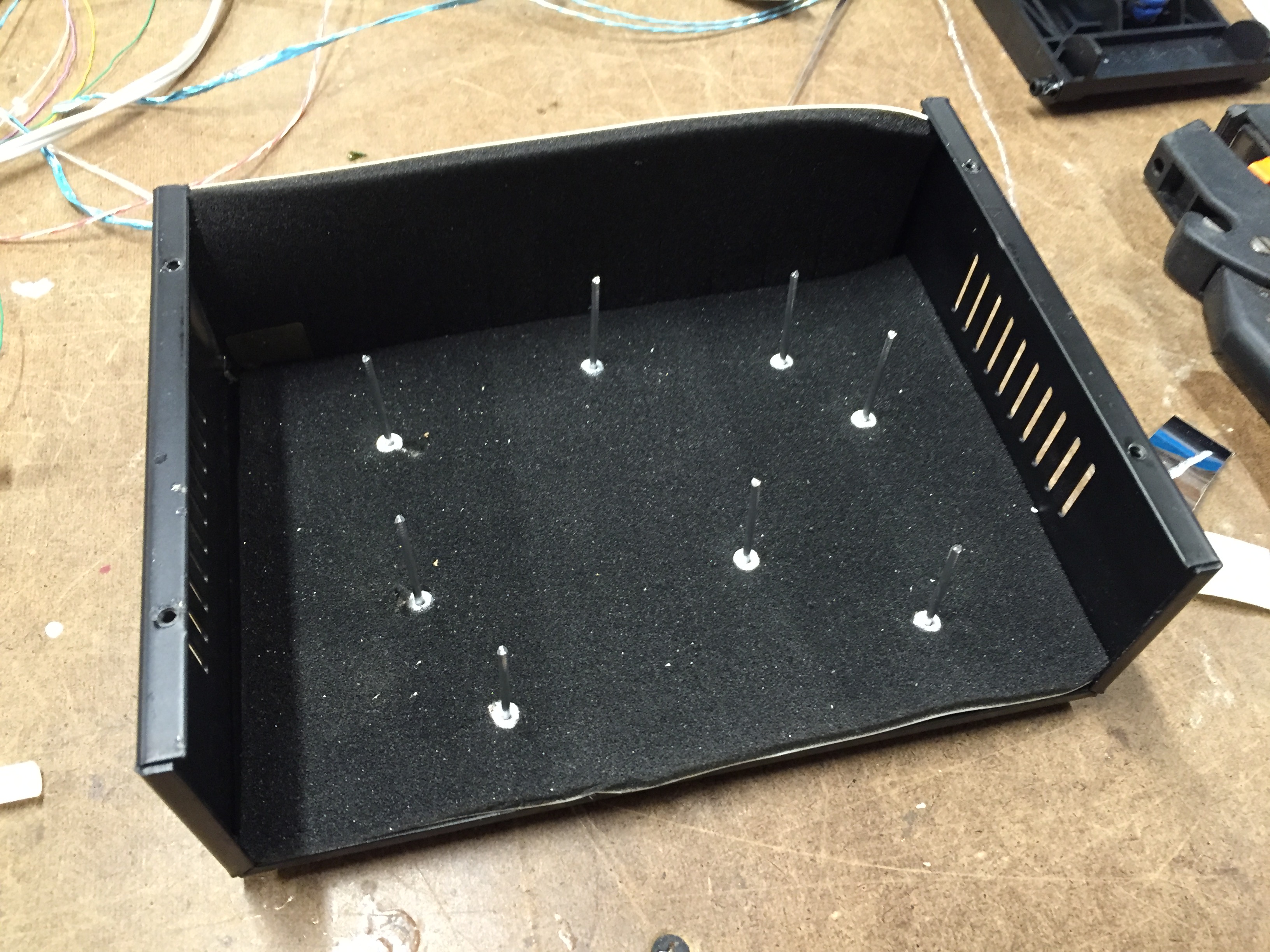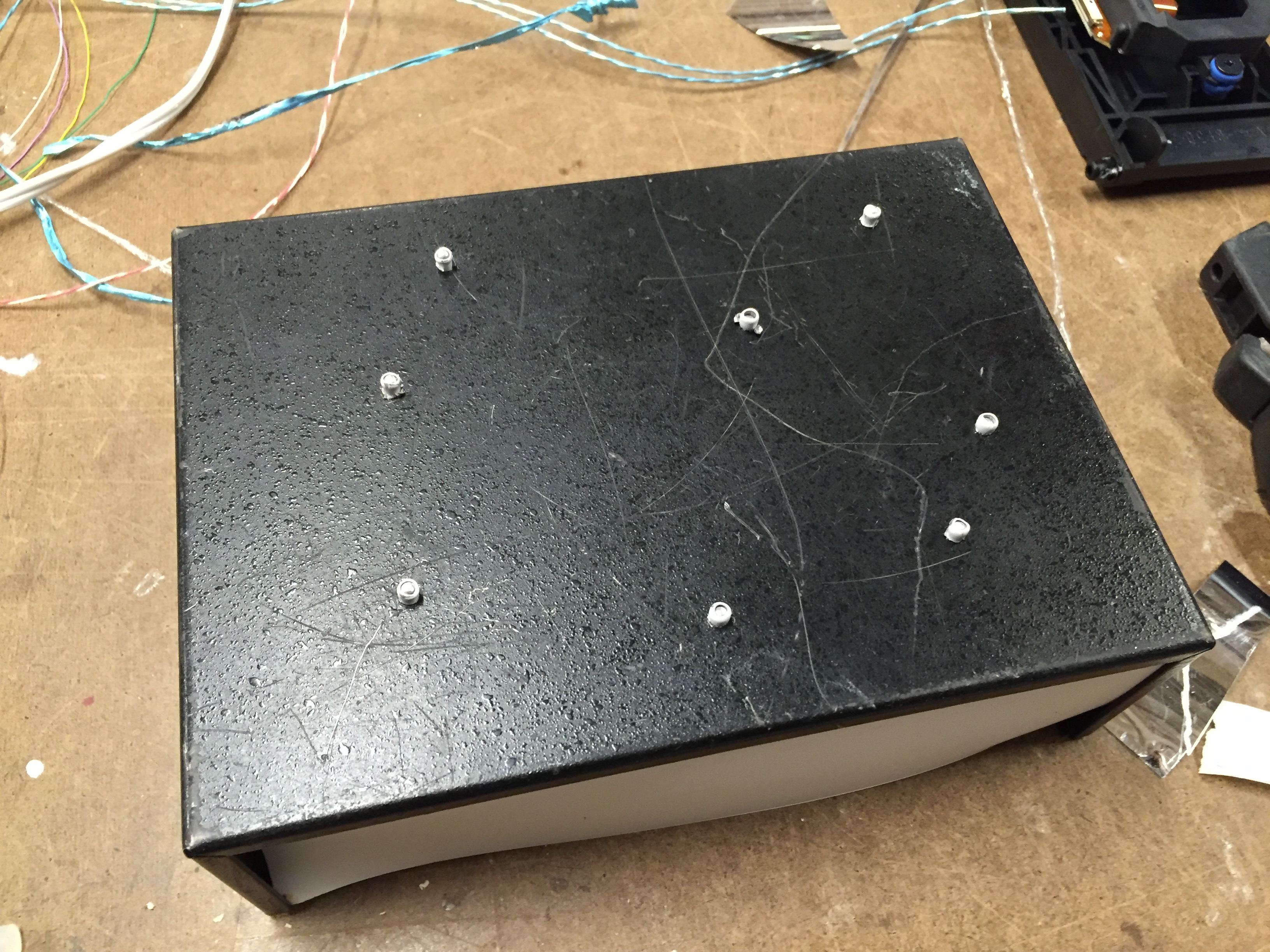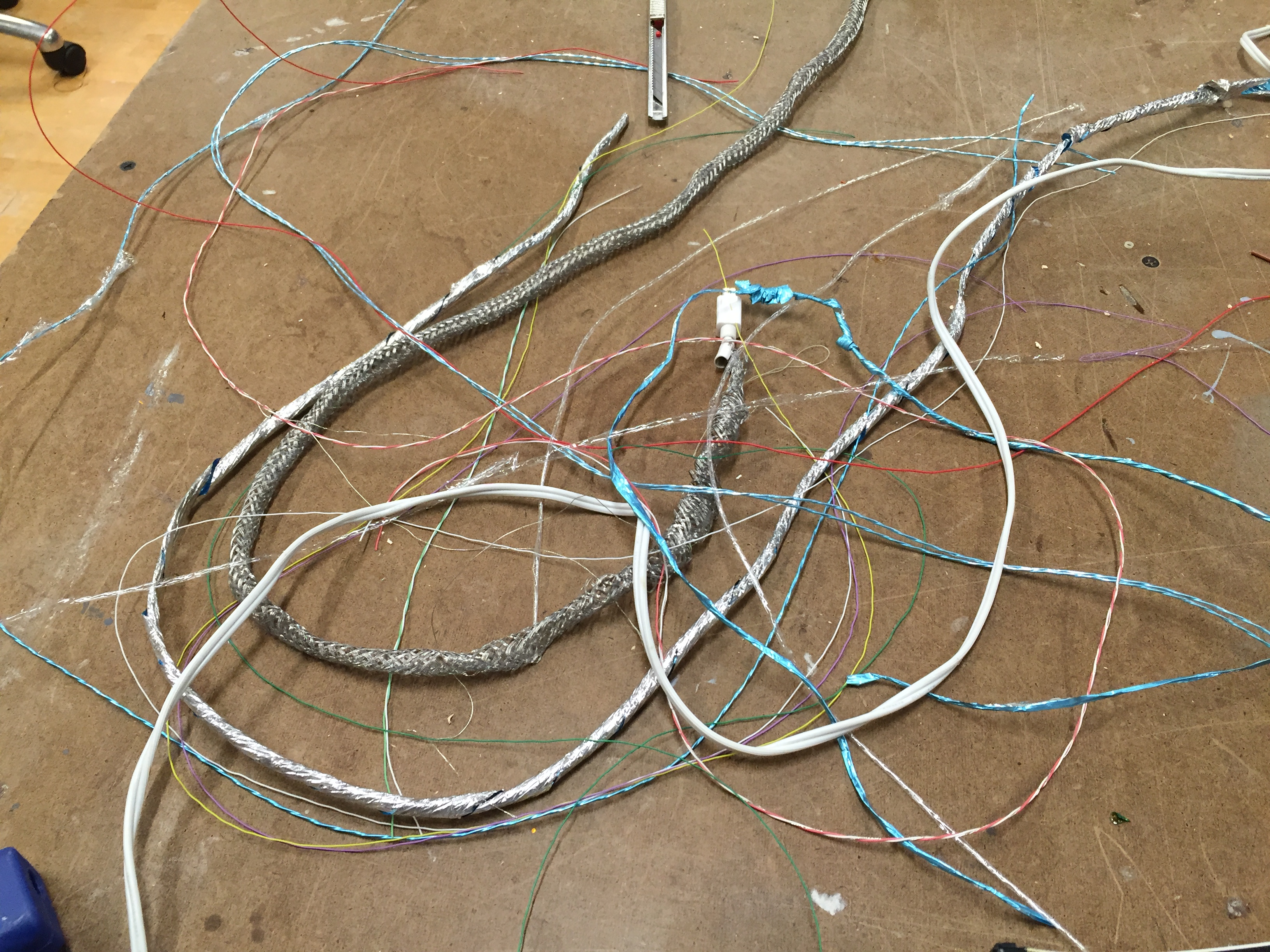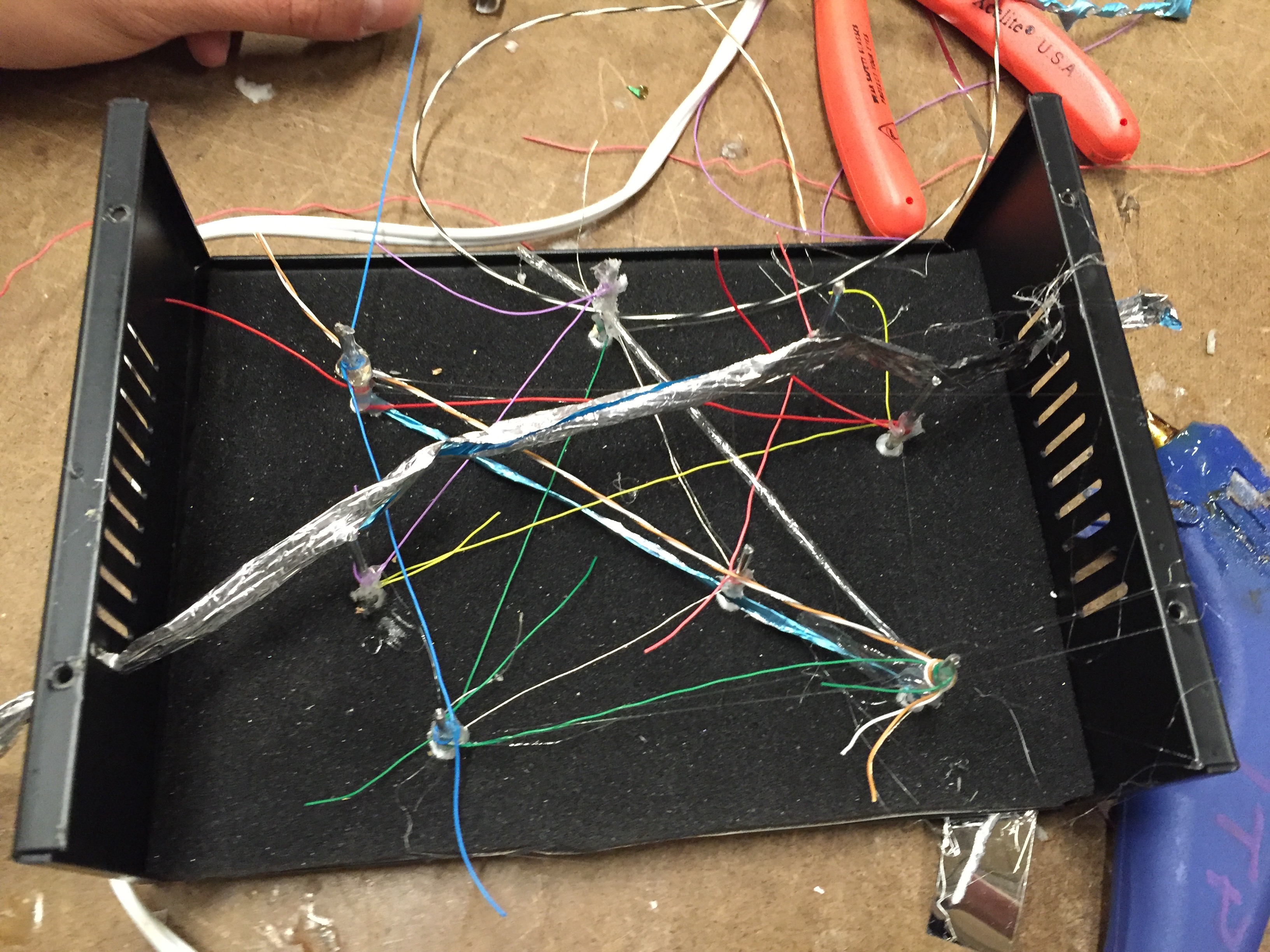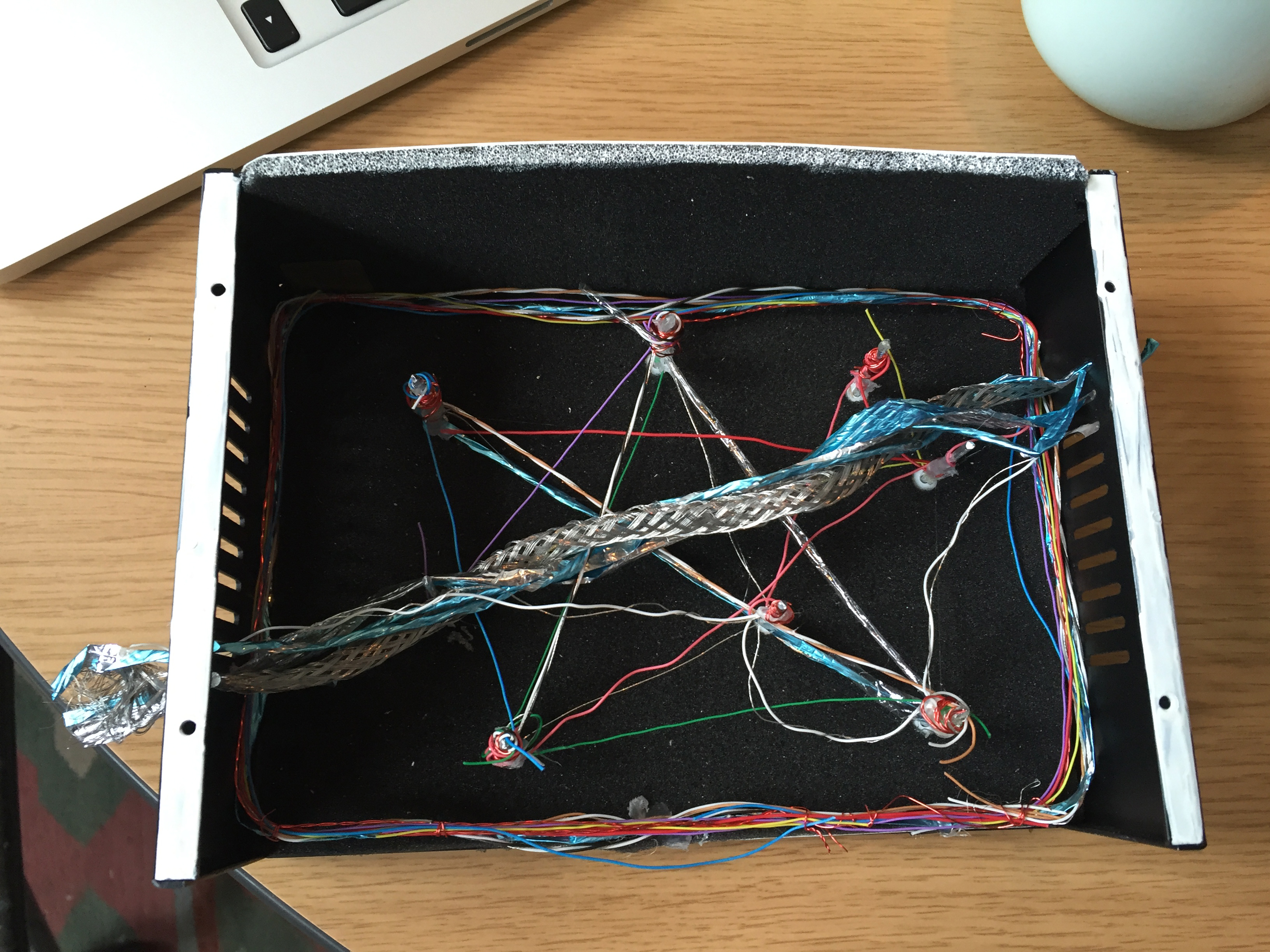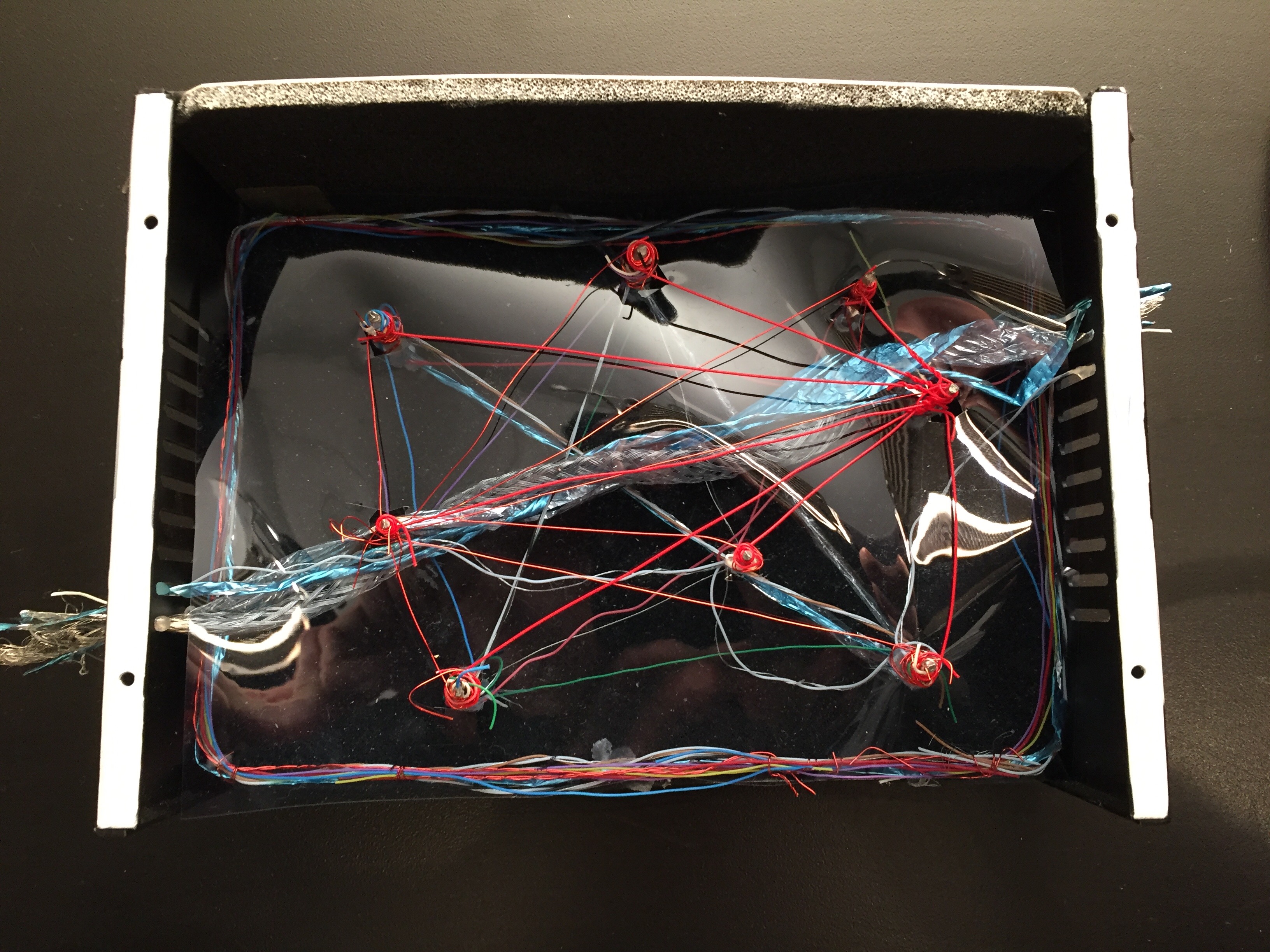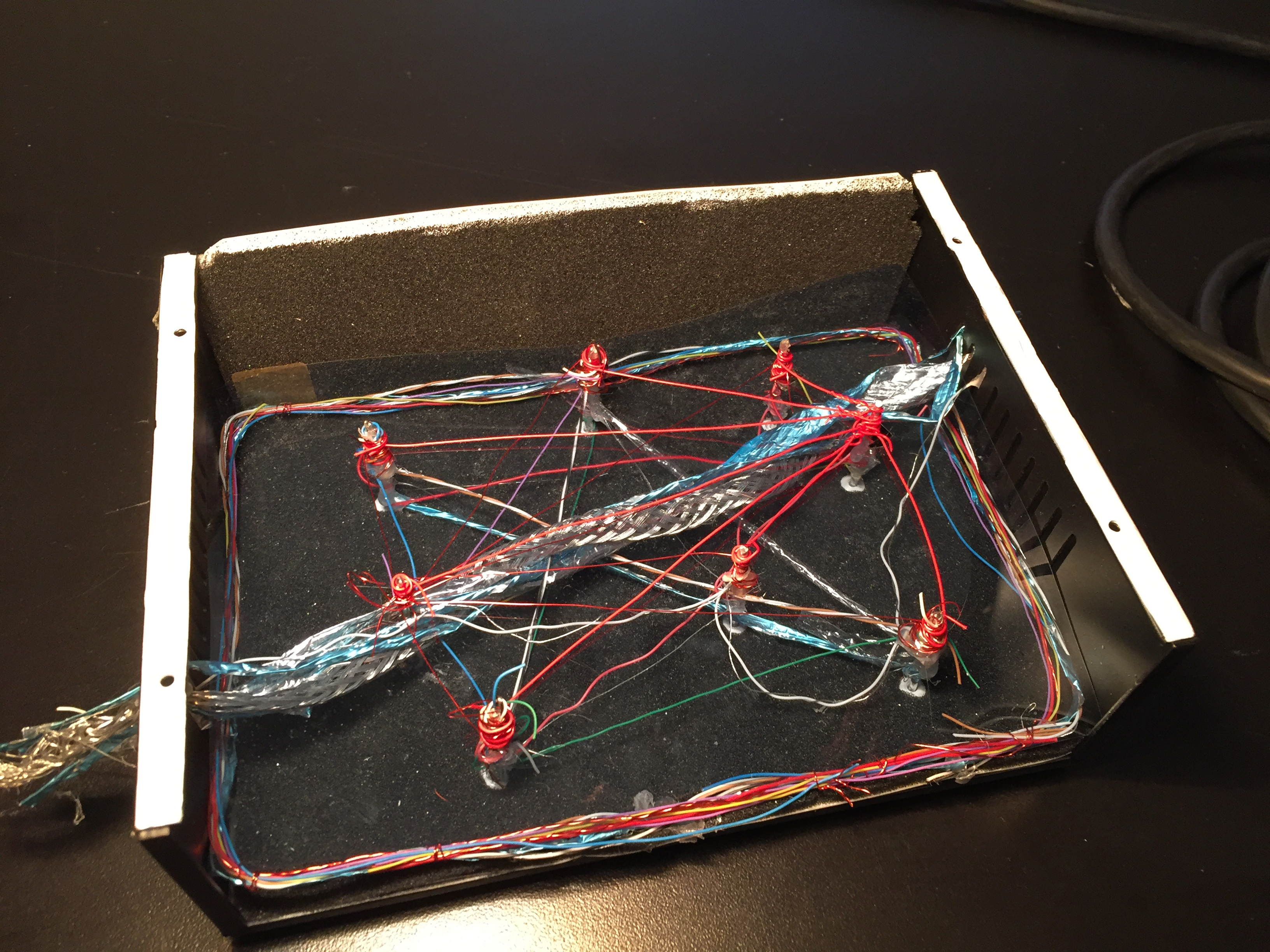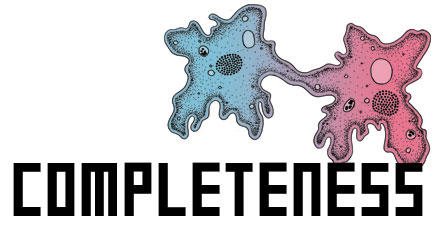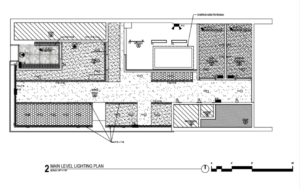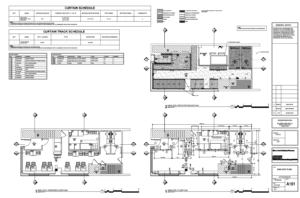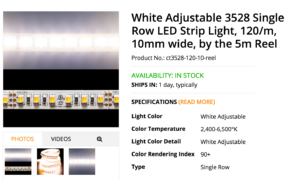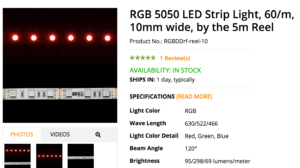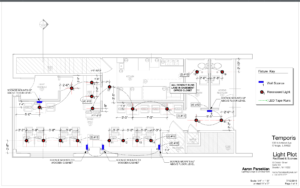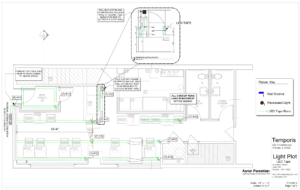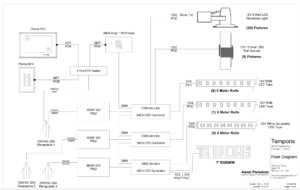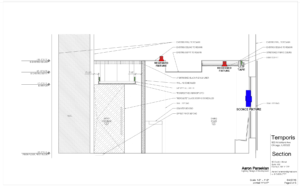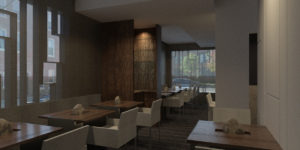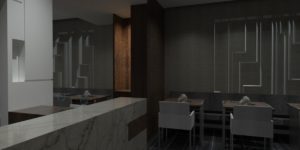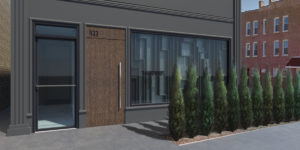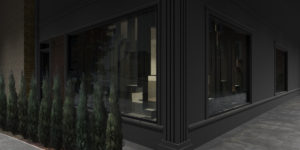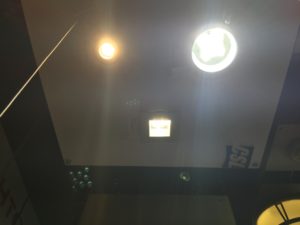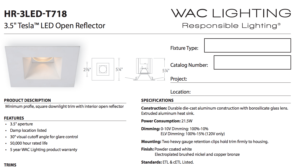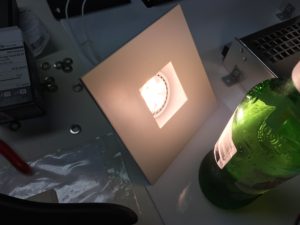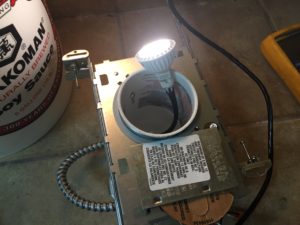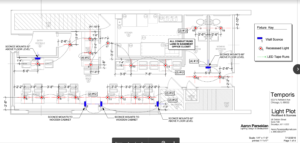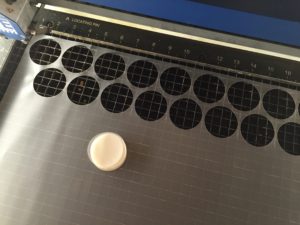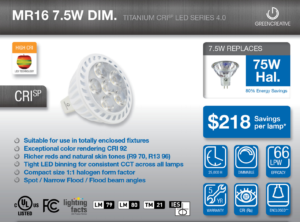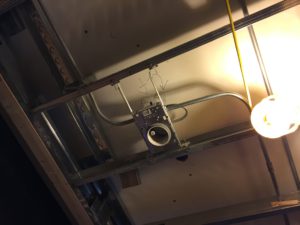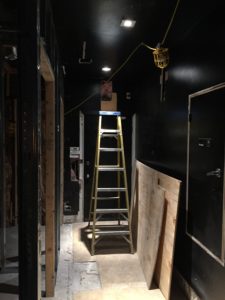Author: 4077hawkeye
Third Trip
Second Trip
Hedwig and the Angry Inch
Sentences of the story
Simple Sentence:
Hedwig and the Angry Inch is about a transgender rockstar who tells her life story of moving to America after a botched sex change.
Complex Sentence:
Hedwig and the Angry Inch is about a transgender woman telling her life story during a one-night performance in a Broadway theatre. From the rise of the Berlin wall, to a botched sex change, to finding herself in America, Hedwig’s searches for her true identity in real time onstage.
Three to Five sentences:
Hedwig and the Angry Inch is about a transgender woman telling her life story during a one-night performance in a Broadway theatre. Beginning in Berlin as the child of an abusive father, Hedwig fights many tribulations from the rise of the berlin wall, to a deadbeat Army husband, a botched sex change, and trying to find her other half. Throughout her life Hedwig has remained strong in the face of despair. By the end of her grand one-night performance, Hedwig has accepted herself candidly, through the fourth wall.
Fuch’s questions for Hedwig And The Angry Inch
The world of the play
Hedwig and the Angry Inch takes place on a Broadway stage in the set of a show that closed the night before. The previous company probably left in a hurry – things were left behind. The audience is made up of people who did not know they would be sitting there watching Hedwig the day before. They are a little unsure what to expect. The house might feel a little empty – in stark contrast to Tommy’s loud, packed performance next door.
What Changes?
Hedwig’s personal identity changes dramatically during the play. In the beginning, Hedwig finds new love and excitement after meeting an American army soldier, quickly moves forward with a sex change in hopes of leaving the Berlin wall for America. These hopes immediately go south when Hedwig’s sex change operation goes wrong, followed by her Sugar Daddy leaving her, followed by the fall of the Berlin wall. It takes another heartbreak before Hedwig learns that she must look deeply into herself first to find true happiness.
Completeness – Joseph Cornell box
Our next assignment was to create a 2D sculpture honoring Joseph Cornell for the show Completeness. I decided I wanted to stick to found materials as much as possible.
I started with eight nodes connected together, as there are eight characters in the play. I found a small black box and added some black foam to the bottom and back. Since these eight characters are isolated in the story of the play by themselves, I felt a small black-box world was appropriate.
Next I took apart a trashed HDMI cable and began to connect the characters together:
I’m not sure what made me decide to weave the silver foil through the box. Maybe it represents time?
Next I ran some of the wire around the perimeter
I followed this with a second layer of red wires separated by a clear blue filter. The red wires connect between Molly and Elliot and the rest of the characters.
‘Completeness’ by Itamar Moses
One Simple Sentence
Completeness is a story about searching for new love
One Complex Sentence
Completeness is a story about searching for new love and the right answer only to return to the same problems
Three to Five Sentence version of the story
Completeness is the story of two graduate students trying to find the missing puzzle pieces in their studies and their personal lives. The two try to satisfy these needs by becoming intimate with each other after Elliot provides the “answers” to Molly’s studies. In the end Molly and Elliot return to old habits an move on from each other, ever so slowly moving themselves through life with a little more information than when they started.
The world of the play:
The play takes place in interior spaces. These spaces are cramped – long desks of computers, tiny single-room apartments, different academic departments shares buildings.
The social world:
My first reaction to this play socially was that its characters are awkward. They are not sure what they want or what will work best for them intimately and in their academic pursuits. There are a lot of pauses in the dialogue (Like. . . . Umm. . . . Did you get that?)
Privacy and private spaces play a central role in this play. There are not any other characters in the background that are listening in or contributing. It’s as if the characters are stuck under a spotlight and everyone else is not seen. The characters are always talking directly to each other – an audience of one. In some ways this relieves social pressure. In other ways it makes the characters reactionary at times – needing to fill the dead space with an answer.
What changes?
By the middle of the play, Molly and Elliot begin to repeat their past relationship issues with each other. They become comfortable with each other and this foreshadows their eventual split.
What changes in you?
By the time Elliot is kissing Nell and Molly is with Franklin, I felt my self less empathically tied to the characters. Everyone has been through transitional relationships, but Molly and Elliot begin to look like broken records. They seem to be caught in a relationship purgatory, a place where they know what is wrong but are not mature (or possibly lucky) enough to find a match powerful enough to keep them from playing out the same tune again and again.
Updated plans & LED coves
The Architect sent over the final bid documents. We decided on the placement of the coves in the ceiling for LED’s
Each cove will get two strips of LED tape that run next to each other: One RGB strip and one white adjustable strip. Having both RGB and warm white to cool white tape will allow me to color the ceiling and the curtains with some nice pastel colors. These colors will change for each season.
I went ahead and updated my own drawings as well:
Here are the newest renderings:
Construction progress – Chicago, trip one
My first trip to Chicago begins July 5th. The old sushi bar has been demoed, and the new walls have been placed.
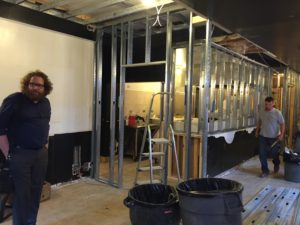
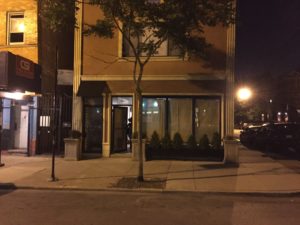
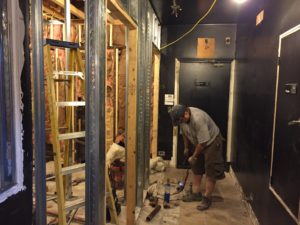
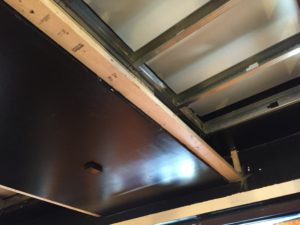
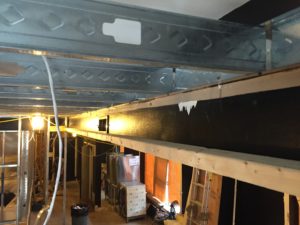
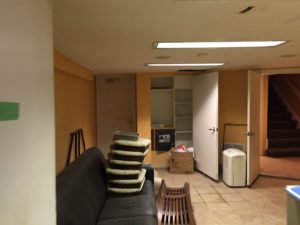
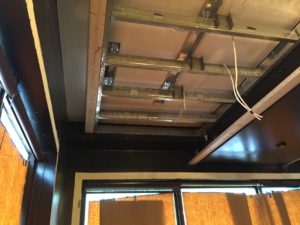
Next trip installation begins.
Designing For Live Performance – First readings
Our first Assignment was two readings:
- The Empty Space by Peter Brook.
- “Visits to a Small Planet” by Elanor Fuchs.
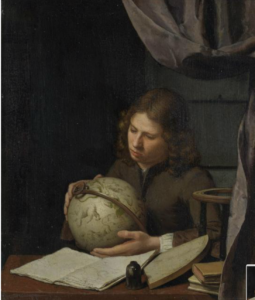
Visits to a Small Planet was a short but very novel way for me to consider the “world” of a theatrical piece. Fuchs describes analyzing a play by treating it as its own physical ball of a world, and looking at this world from the perfect vantage point of being not too far away and not too close up. I found myself going over plays I have read and visualizing them as small spheres in my hand.
Fuchs wants us to look at the world of the play first, and then how it changes dynamically over time, and finally at the characters themselves. She also asks us to find the beginning, middle, and end points of the play and ask ourselves why the middle one was so important within the journey to the end. What has changed since the beginning? What hasn’t changed?
I certainly think I will be reading this paper more than once!
The second reading was Peter Brook’s book The Empty Space. Brook’s book breaks down the quality of theatre into four categories, the first one being ‘The deadly theatre’. Brook makes a very interesting point explaining that even good works of theatre can be ‘deadly’. His main example of this is modern renditions of Shakespeare, whose meanings in the time they were written are often lost on a modern audience, even as an actor tries her or his best to keep their part accurate. I can personally relate to this in my exposure to theatre and literature. One example that immediately came to mind when reading Brook’s book was the poem the Odyssey by Homer. In high school I was required to read a very strict translation of the Odyssey, and much of its true essence was lost on my 16-year-old mind. As an adult I re-read the Odyssey as translated by Robert Fitzgerald. Fitzgerald was a poet himself, and took some liberties in his translation to make the Odyssey more approachable to a modern audience. I found myself enjoying his version a lot more than the version I had ben told to read in high school because of this.
In the Final chapter – The Immediate Theatre, Brook describes his interpretation of successful theatre, and why it is so effective to society. Unlike a movie, which is made up of previously captured images, theatre is always presented in the present. Peter explains that this is what makes theatre such a powerful source of “living confrontation”. Likewise, designing for theatre has its own living force. Brook explains that as a director, he finds working with designs and designers who are open-ended to be most successful. As the director and the actors work to refine and interpret their parts and the show as a whole, the design should be able to adapt. Brook sees this as what makes theatre design different from the work of a painter or a sculptor. A theatre designers work is hardly complete even if they submit final renderings on the first day of rehearsal. Personally I find this to be what excites me most about working with live performances. I really enjoy arming myself with the right tools to adapt to changes that better the show, rather than setting my designs in stone. Brook talks about theatre designers paying tribute to the fourth dimension – time. Things change as time in the theatre and rehearsals progresses.
I really enjoyed Brook’s quote about the very first rehearsal of a show: “the purpose of anything you do on the first day is to get you through to the second one.” Sometimes we all just need to meet each other and get comfortable with each others roles on a project before we dive into the details.
Down Lighting
My initial proposal called for WAC LED downlights that took 0-10V control for dimming in order to control them with ETC Mosaic. Aesthetically I want all the recessed lights in the restaurant to be small and have a square trim.
Unfortunately we need to go with something cheaper.
Instead we will be using a halo recessed light with a square trim. I chose a GU10 lamp base 3.5inch fixture and will be converting it to a GU5.3 base so that I can use a 12V MR16 LED bulb. This way I can control the bulb with the same driver as the LED tape. This will be much cheaper as it eliminates the 0-10V to DMX converter from my riser, and still allows for dimming via the LED tape drivers.
At 1/3 of the price of the WAC lights, Im very happy with how the cheaper halo fixtures look with the 12V LED lamps installed:
There will be one fixture installed over each table. The tables that use the two long benches will move depending on the size of parties, so the recessed lights over them will be spaced evenly to accommodate different table arrangements.
I chose narrow-flood 12V LED lamps. Their beam spread is around 25degrees, which is slightly too narrow for the tables on the two benches. To get around this I cut frost diffusion out to spread them out some more:
Here are the lamps I chose:
Since we are in Chicago, even the low voltage recessed cans need to be hard-piped together.
